Mastering the Art of Cultivation: Setting Up Bioreactors and Fermentors in Your Lab
.png)
Introduction: Unlocking the Potential of Bioreactors and Fermentors
Bioreactors and fermentors are indispensable tools in scientific research, facilitating controlled cultivation environments for a wide range of applications in fields such as microbiology, biotechnology, and cell culture. By providing optimal conditions for microbial or cell growth, these systems enable researchers to produce biomolecules, pharmaceuticals, biofuels, and more with precision and efficiency.
Overview of Bioreactors and Fermentors
Bioreactors and fermentors are specialized vessels designed to support the growth and proliferation of microorganisms or cells under controlled conditions. These conditions typically include parameters such as temperature, pH, dissolved oxygen (DO) levels, agitation, and nutrient supply. By adjusting these parameters, researchers can optimize the growth and productivity of the cultures within the bioreactor.

Source: Genengnews
Applications in Various Scientific Fields
The versatility of bioreactors and fermentors makes them invaluable across a wide range of scientific disciplines. They are commonly used in:
- Microbiology: for the cultivation of bacteria, yeast, fungi, and other microorganisms for research, industrial, and medical applications.
- Biotechnology: for the production of recombinant proteins, vaccines, antibiotics, enzymes, and other bioproducts.
- Cell Culture: for the growth and expansion of mammalian, insect, or plant cells for the production of monoclonal antibodies, therapeutic proteins, and tissue engineering.

Source: Microbenotes
Benefits of Controlled Cultivation Environments
The controlled environment provided by bioreactors and fermentors offers several advantages over traditional batch cultures or open systems:
- Increased Productivity: Optimal growth conditions lead to higher biomass and product yields.
- Consistency and Reproducibility: Tight control over environmental parameters ensures consistent results from batch to batch.
- Reduced Contamination Risk: Aseptic practices and sterilization techniques minimize the risk of contamination, preserving the purity of cultures.
- Scale-Up Potential: Bioreactors can be scaled up from laboratory-scale to industrial-scale production, allowing for seamless transition during process development.

Source: Brookline College
Planning & Preparation: Laying the Groundwork for Success
Before setting up a bioreactor or fermentor in your lab, careful planning and preparation are essential to ensure success. This involves:
Defining Your Specific Needs and Goals
Consider the specific requirements of your research or production process, including:
- Type of Culture: Determine whether you will be cultivating bacteria, yeast, mammalian cells, or other microorganisms.
- Production Scale: Assess the volume of culture required and whether you anticipate scaling up in the future.
- Process Parameters: Identify critical parameters such as temperature, pH, agitation speed, and gas flow rates.
Choosing the Right Equipment
Selecting the appropriate bioreactor or fermentor is crucial for achieving your research objectives. Consider factors such as:
- Type of Bioreactor: Choose from various designs, including stirred tank reactors, airlift reactors, and packed bed reactors, depending on your application.
- Material Considerations: Decide between glass or stainless steel vessels based on compatibility with your culture and sterilization methods.
- Volume Capacity and Scalability: Select a bioreactor size that matches your production needs and allows for future scalability.
- Monitoring & Control Capabilities: Ensure that the bioreactor is equipped with sensors and controllers for monitoring and regulating key parameters such as pH, temperature, dissolved oxygen, and agitation speed.
Essential Lab Infrastructure and Utilities
Prepare your lab space to accommodate the bioreactor setup, including:
- Utility Connections: Ensure access to water, steam, gas, and electricity for operation and sterilization.
- Ventilation and Exhaust Systems: Implement proper ventilation to remove heat and gases generated during fermentation.
- Safety Equipment: Install fire extinguishers, emergency showers, and eyewash stations to ensure a safe working environment.

Source: Getinge
Regulatory Compliance and Safety Protocols
Adhere to regulatory guidelines and safety protocols governing the use of bioreactors and fermentors in your jurisdiction. This includes:
- Good Laboratory Practices (GLP): Follow established protocols for documentation, equipment maintenance, and record-keeping to ensure data integrity and reproducibility.
- Biosafety and Biosecurity: Implement measures to prevent microbial contamination and protect personnel from hazardous materials.

Source: Krakensense
Step-by-Step Setup: Bringing Your Bioreactor to Life
Once you have completed the planning phase, follow these steps to set up your bioreactor or fermentor:
Equipment Assembly and Installation
Follow the manufacturer's instructions to assemble the bioreactor components and install them in your lab space. Ensure that all connections are secure and that the vessel is properly supported.

Source: IKA
Sterilization Procedures
Sterilize the bioreactor and all associated components to eliminate microbial contamination. Choose between in-situ sterilization methods, such as steam sterilization or autoclaving, or external sterilization methods using chemical agents or heat.
Media Preparation and Sterilization
Prepare the growth medium according to your specific recipe and sterilize it using autoclaving or filtration. Ensure that the medium is properly cooled before inoculation to avoid thermal shock to the culture.
Inoculum Culture Preparation
Prepare the inoculum culture by growing the desired microorganism or cell line in a separate vessel under sterile conditions. Monitor the growth of the inoculum culture and harvest it at the appropriate growth phase for transfer to the bioreactor.
Initial Process Setup and Parameter Optimization
Set up the bioreactor control system to maintain the desired environmental conditions, including temperature, pH, agitation speed, and gas flow rates. Monitor the culture closely during the initial stages of fermentation and adjust parameters as needed to optimize growth and productivity.
Essential Equipment for Your Bioreactor Setup
To ensure the success of your bioreactor setup, invest in high-quality equipment and accessories from IT Tech's curated selection:
- High-Quality Bioreactors and Fermentors: Choose from a range of sizes and designs to suit your application, including stirred tank reactors, airlift reactors, and more.
- Sterilization Equipment: Ensure aseptic conditions with autoclaves, dry heat sterilizers, and filtration systems for media and gas supply.
- Monitoring & Control Systems: Invest in pH meters, dissolved oxygen probes, temperature sensors, and controllers to maintain optimal conditions throughout the fermentation process.
- Data Acquisition and Analysis Software: Utilize software tools for real-time data collection, analysis, and visualization to optimize process performance.
- Safety Equipment: Protect personnel and cultures with personal protective equipment (PPE) and biological safety cabinets.
Visual Descriptions
- Image of a Modern Bioreactor Setup in a Lab: A state-of-the-art bioreactor system with integrated monitoring and control features.
- Diagram of Different Types of Bioreactors: Illustration depicting various bioreactor designs, including stirred tank reactors, airlift reactors, and packed bed reactors.
- Close-Up Photo of Sterilization Equipment: Detailed image showcasing autoclaves, dry heat sterilizers, and filtration systems used for sterilizing media and equipment.
- Illustration of Data Acquisition Software Interface: Visual representation of software interface for data collection, analysis, and visualization.
Cultivating Success: Tips & Best Practices for Optimal Performance
To maximize the performance of your bioreactor setup, consider the following tips and best practices:
- Maintaining Aseptic Conditions: Strict adherence to aseptic techniques and regular cleaning and sterilization of equipment are essential to prevent contamination.
- Regular Calibration: Calibrate monitoring and control instruments regularly to ensure accurate measurement and control of process parameters.
- Data-Driven Optimization: Use data collected from the bioreactor to identify trends, optimize process parameters, and improve productivity.
- Proper Waste Disposal: Dispose of waste materials in accordance with regulatory guidelines to minimize environmental impact and ensure safety.
Scaling Up Success: Transitioning from Lab to Production
As your research progresses from the laboratory to production-scale operations, consider the following factors:
- Larger-Scale Bioreactors: Evaluate the scalability of your process and select bioreactors or fermentors with larger volume capacities to meet increased demand.
- Adapting Process Parameters: Adjust process parameters such as agitation speed, aeration rate, and nutrient supply to optimize performance at scale.
- Regulatory Requirements: Ensure compliance with regulatory guidelines governing production-scale operations, including Good Manufacturing Practices (GMP) and quality assurance standards.
Partnering with IT Tech: Your One-Stop Shop for Bioreactor Success
IT Tech offers a comprehensive selection of bioreactors, fermentors, and auxiliary equipment to meet your research and production needs. Partner with us for:
- Expert Consultation and Technical Support: Our team of specialists is available to provide guidance on equipment selection, installation, and operation.
- Calibration and Maintenance Services: Keep your bioreactor setup running smoothly with regular calibration and maintenance services performed by our trained technicians.
- Training and Workshops: Enhance your skills and knowledge with hands-on training and workshops covering bioreactor operation, maintenance, and optimization.
Call to Action: Submit an Enquiry Today!
Contact IT Tech's team of specialists today to discuss your specific bioreactor needs and receive a personalized quote for the ideal setup for your lab. Unlock the potential of bioreactors and fermentors in your research or production process with IT Tech's expertise and support.
Products You may Like
Check out other IT- Tech product that suit your taste
Subscribe to our newsletter
Stay updated with IT-Tech Insights
Related posts
Check out other IT- Tech Scientific Resources


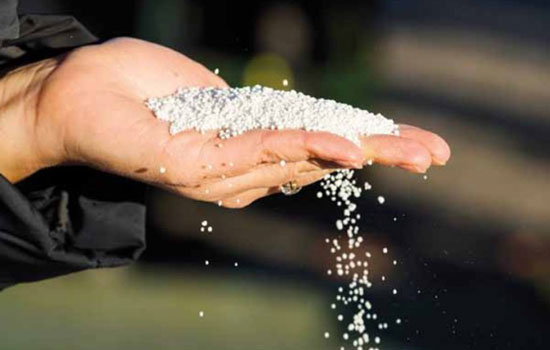
.png)


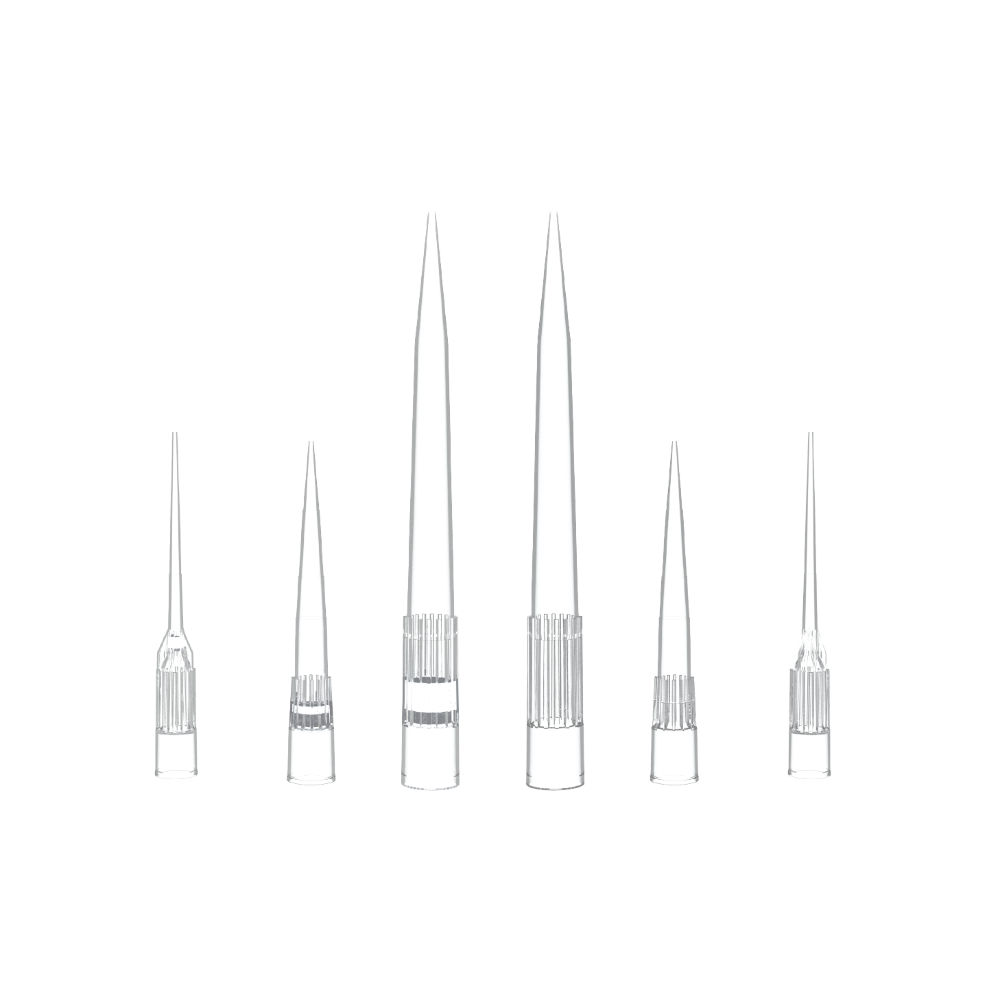

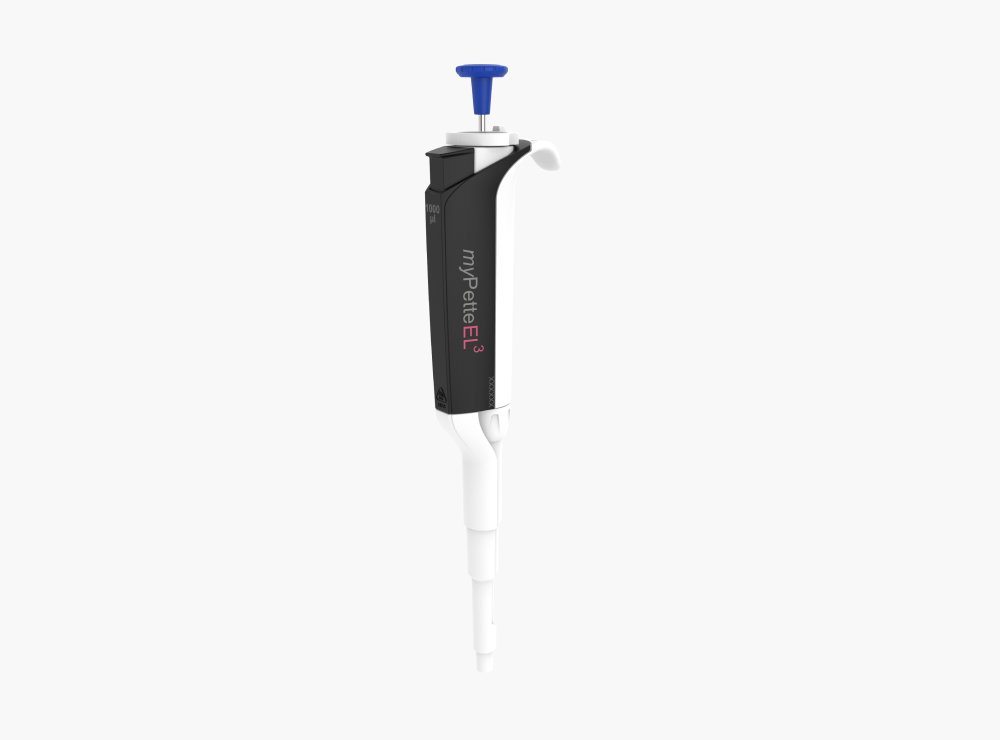


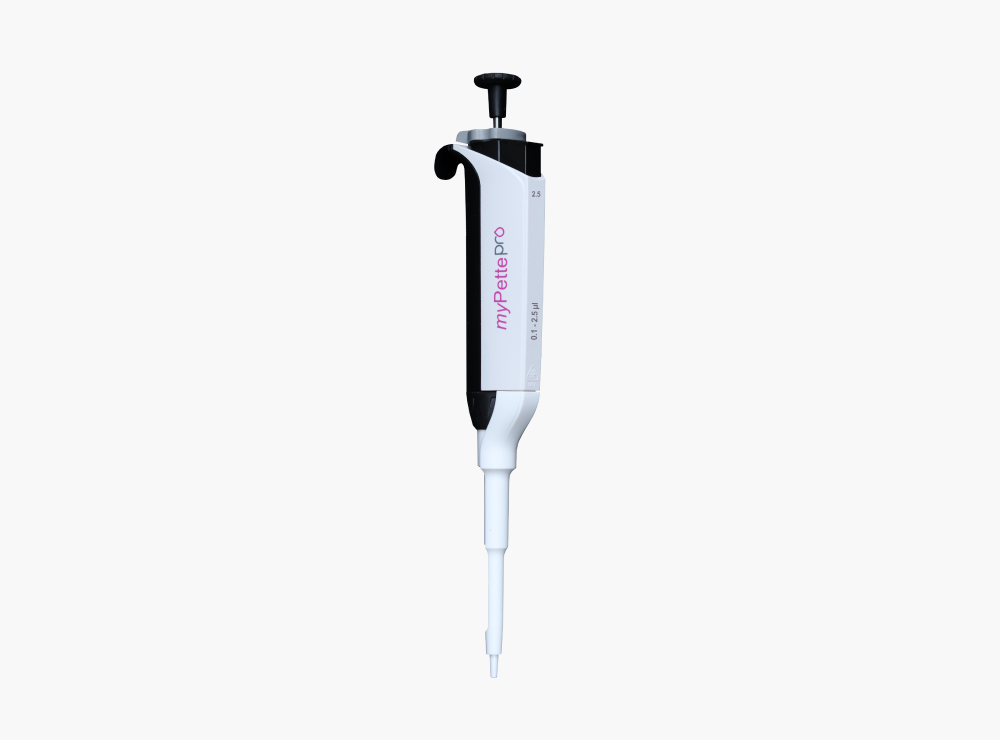
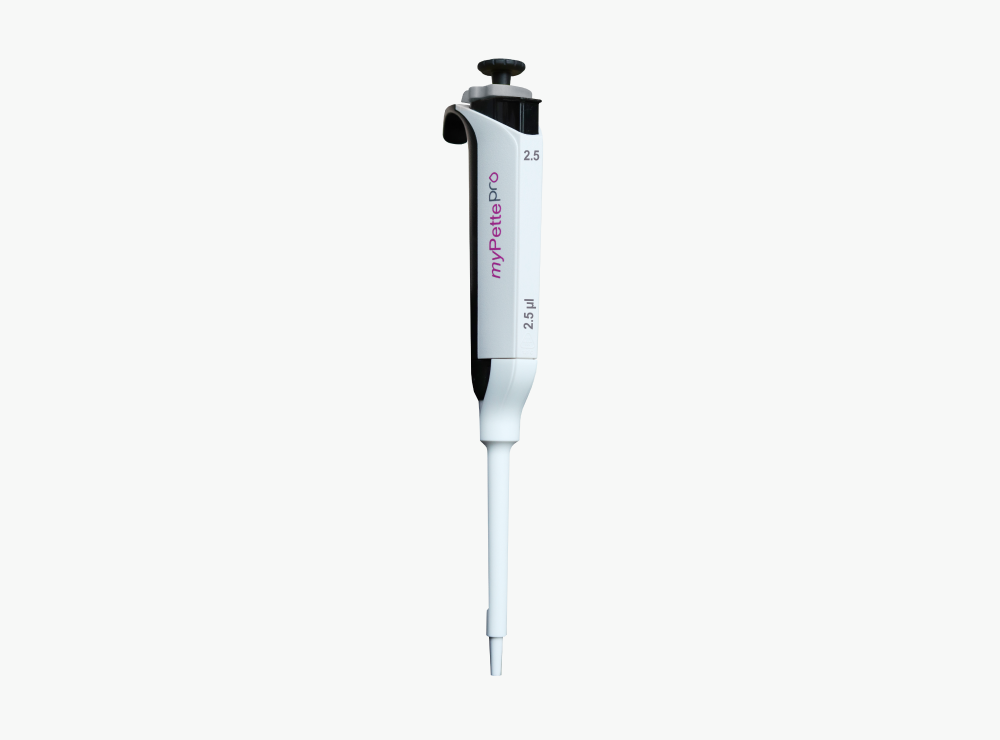

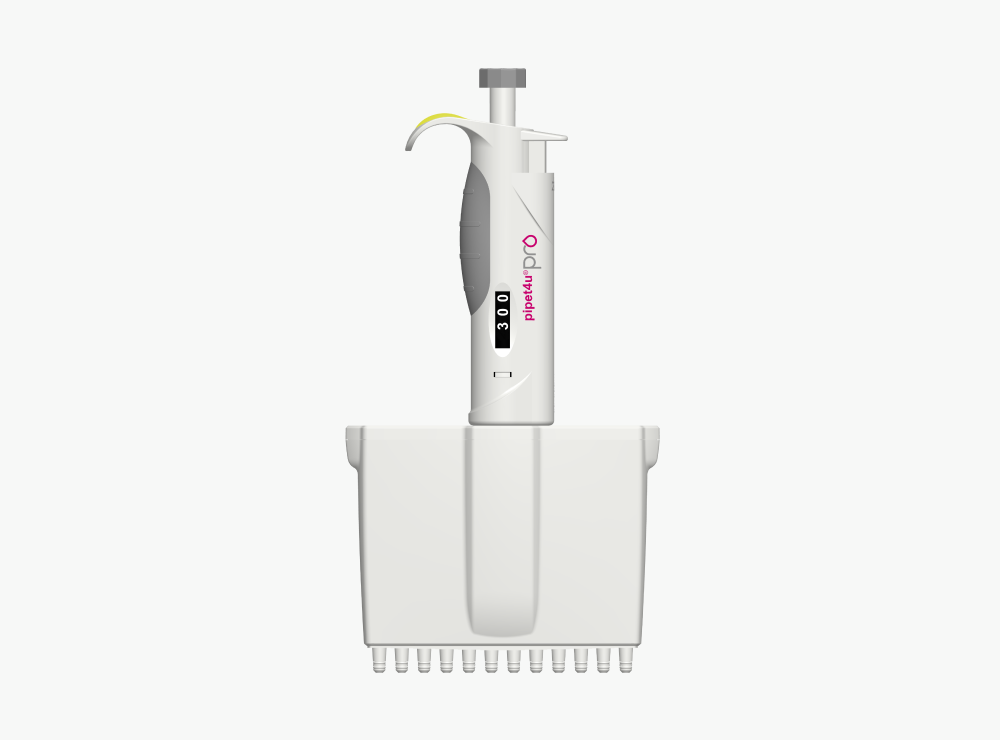

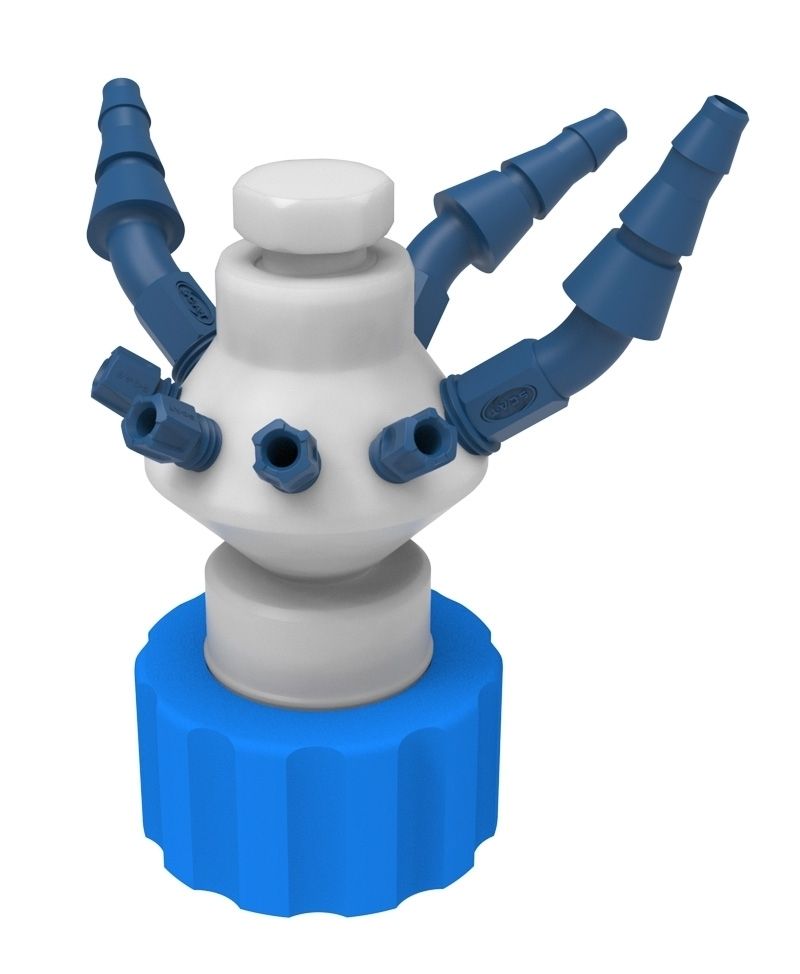

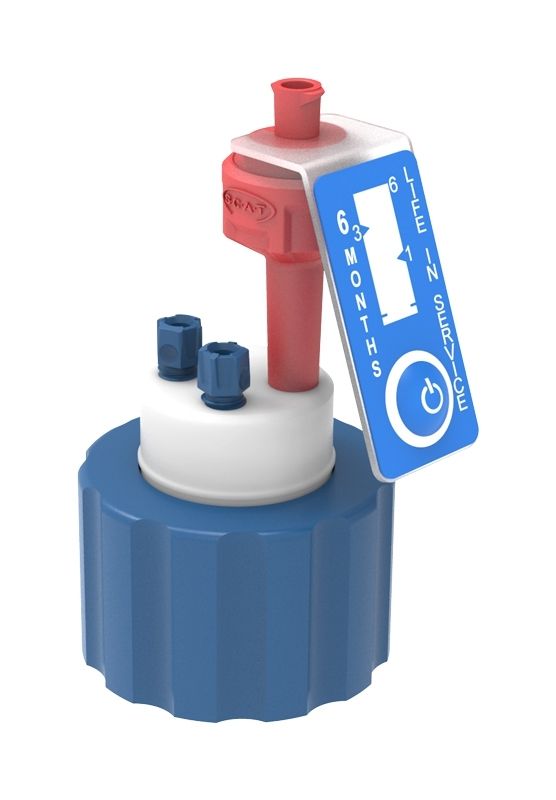
%20Standard.webp)

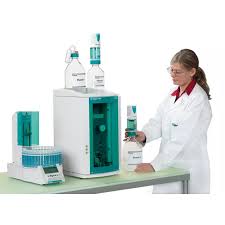
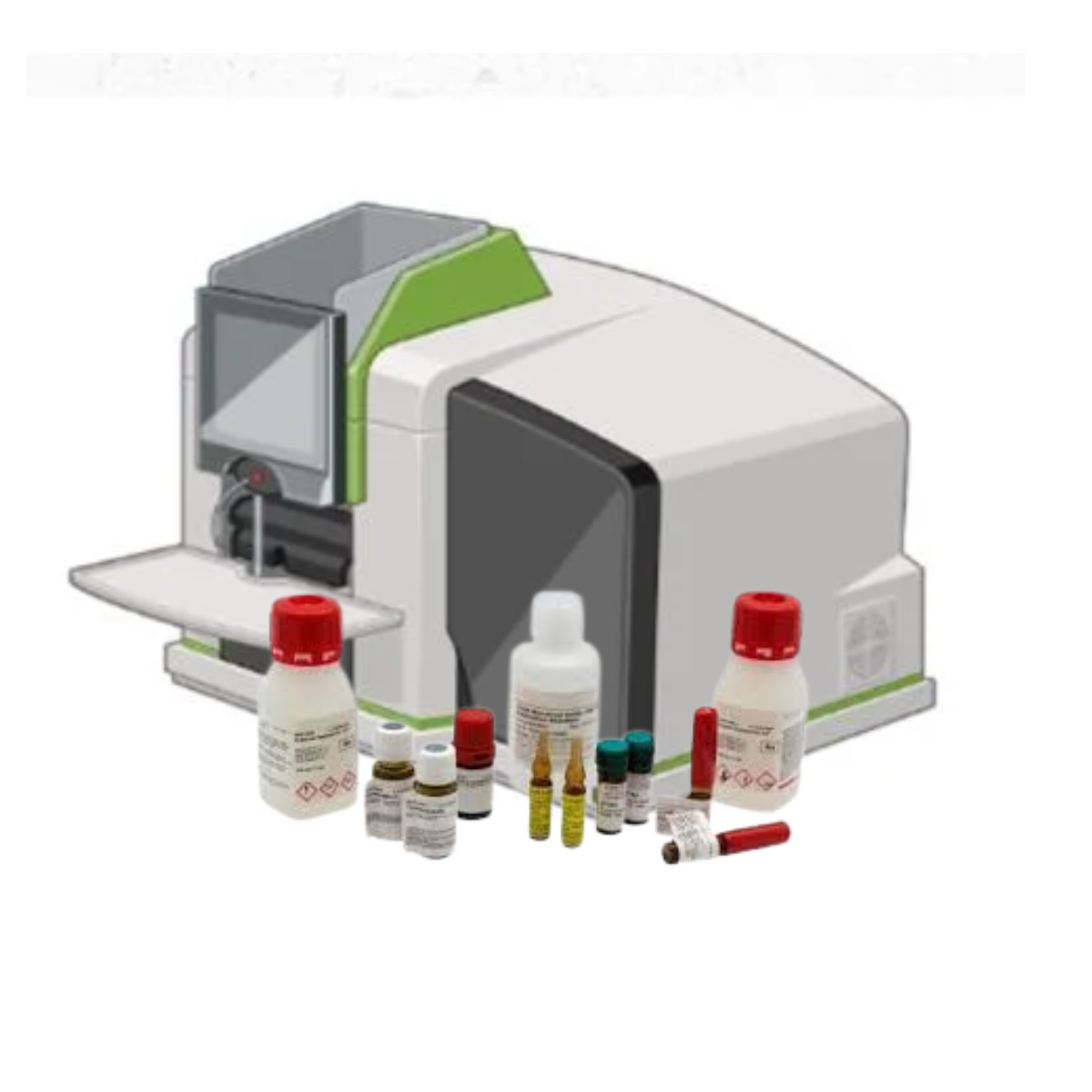


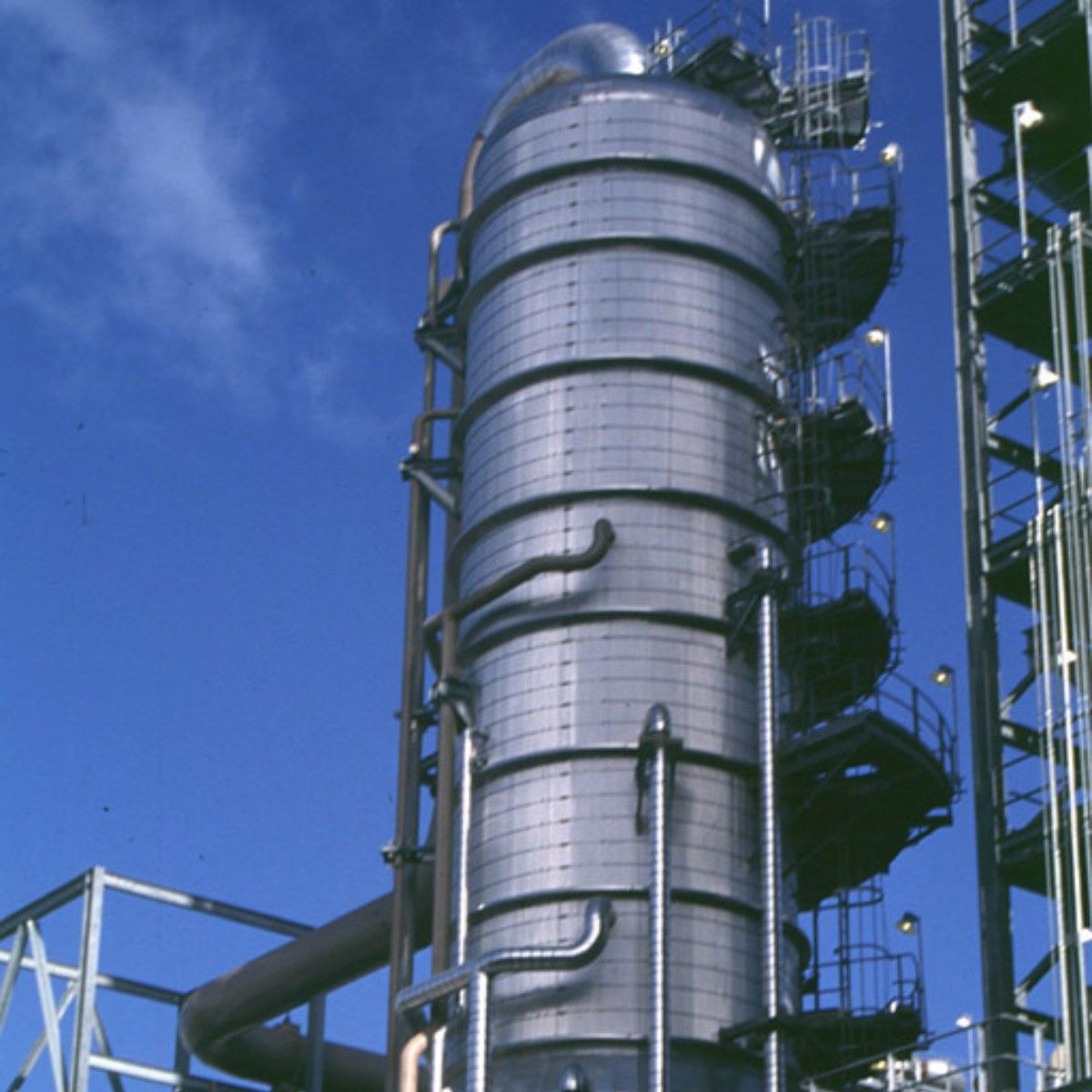
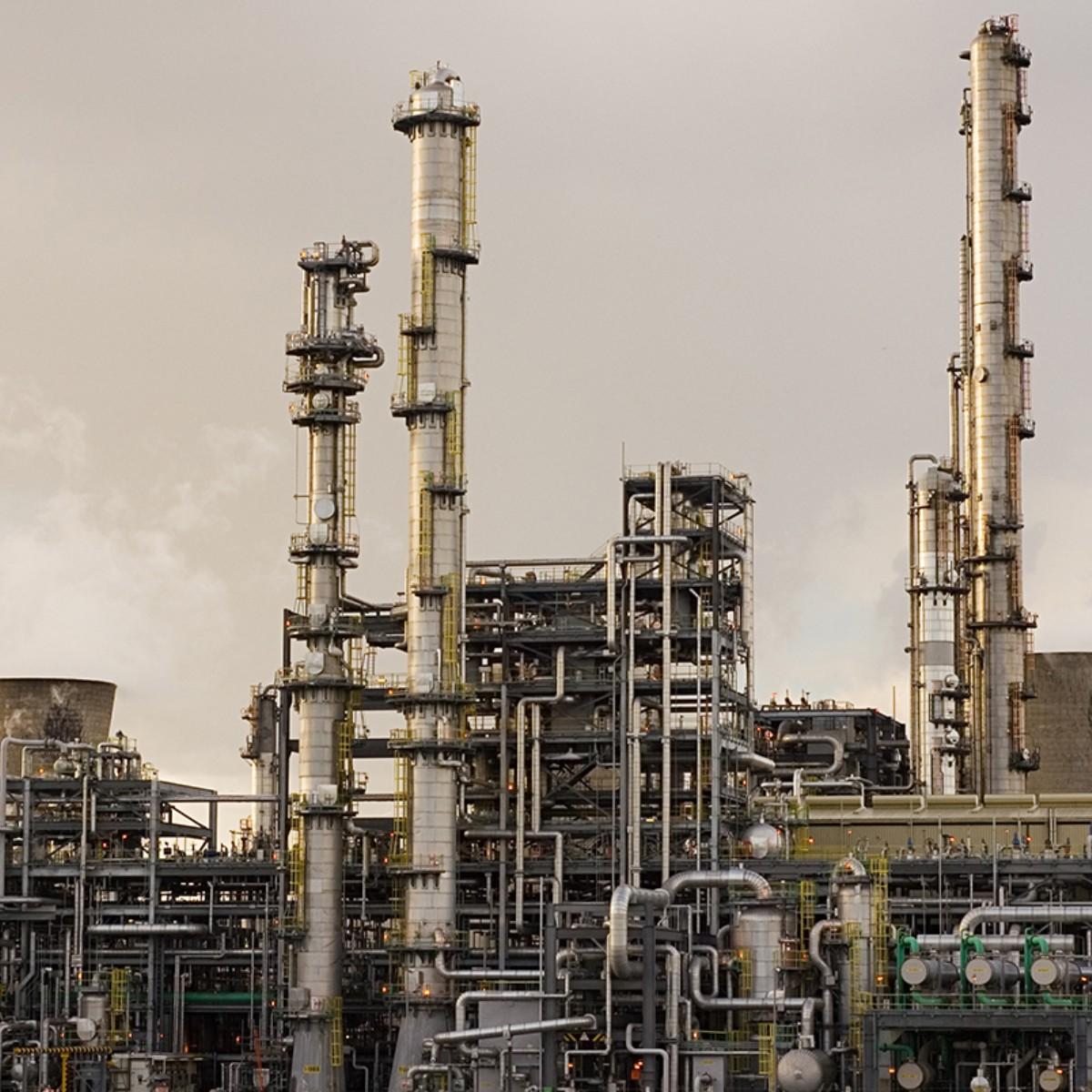

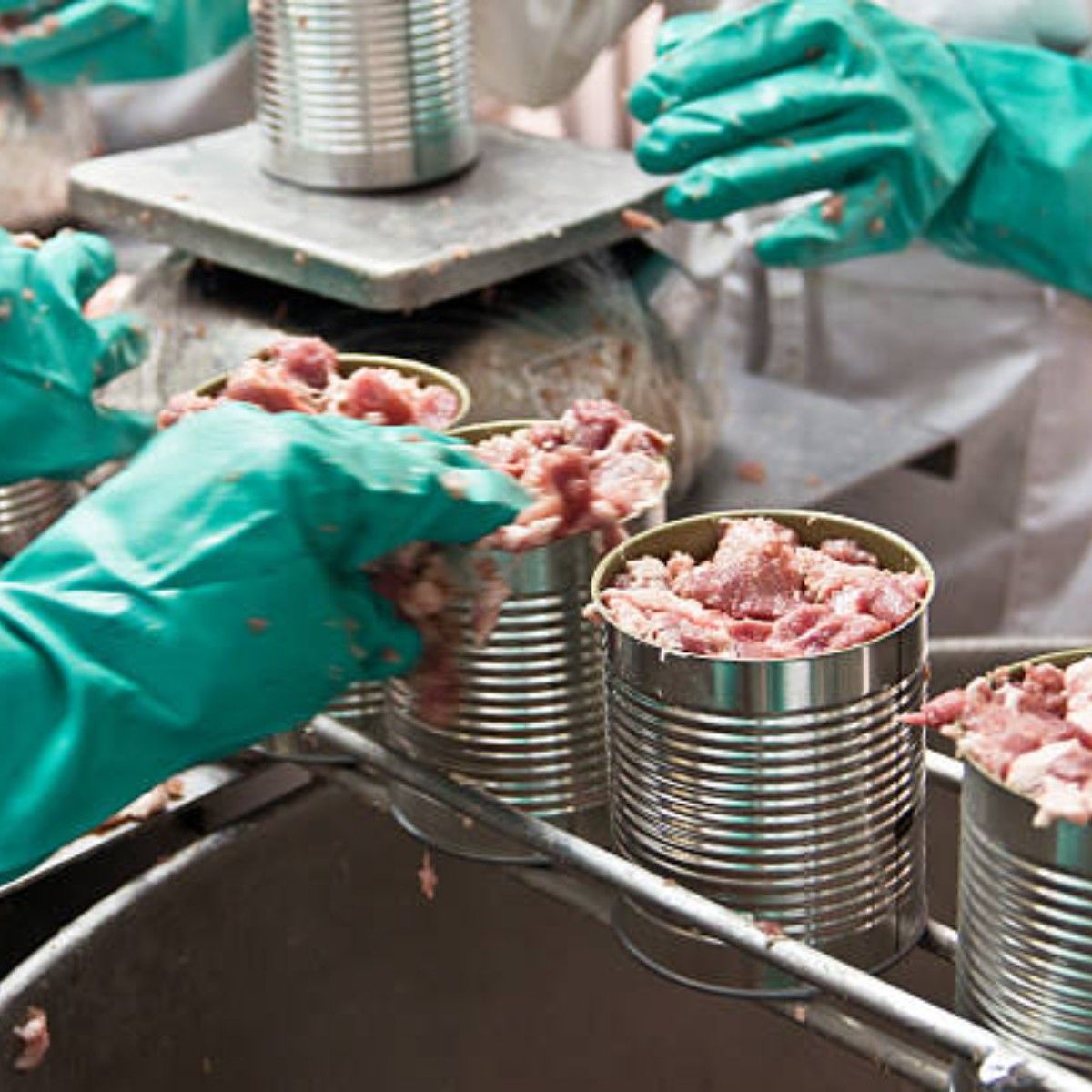


%20%26%20Metabolites%20Standard.jpeg)
%20Standards.png)
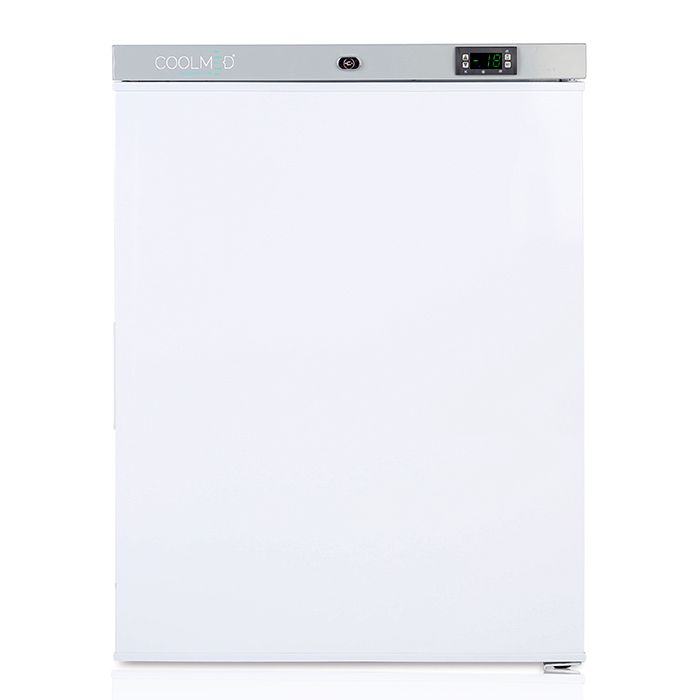

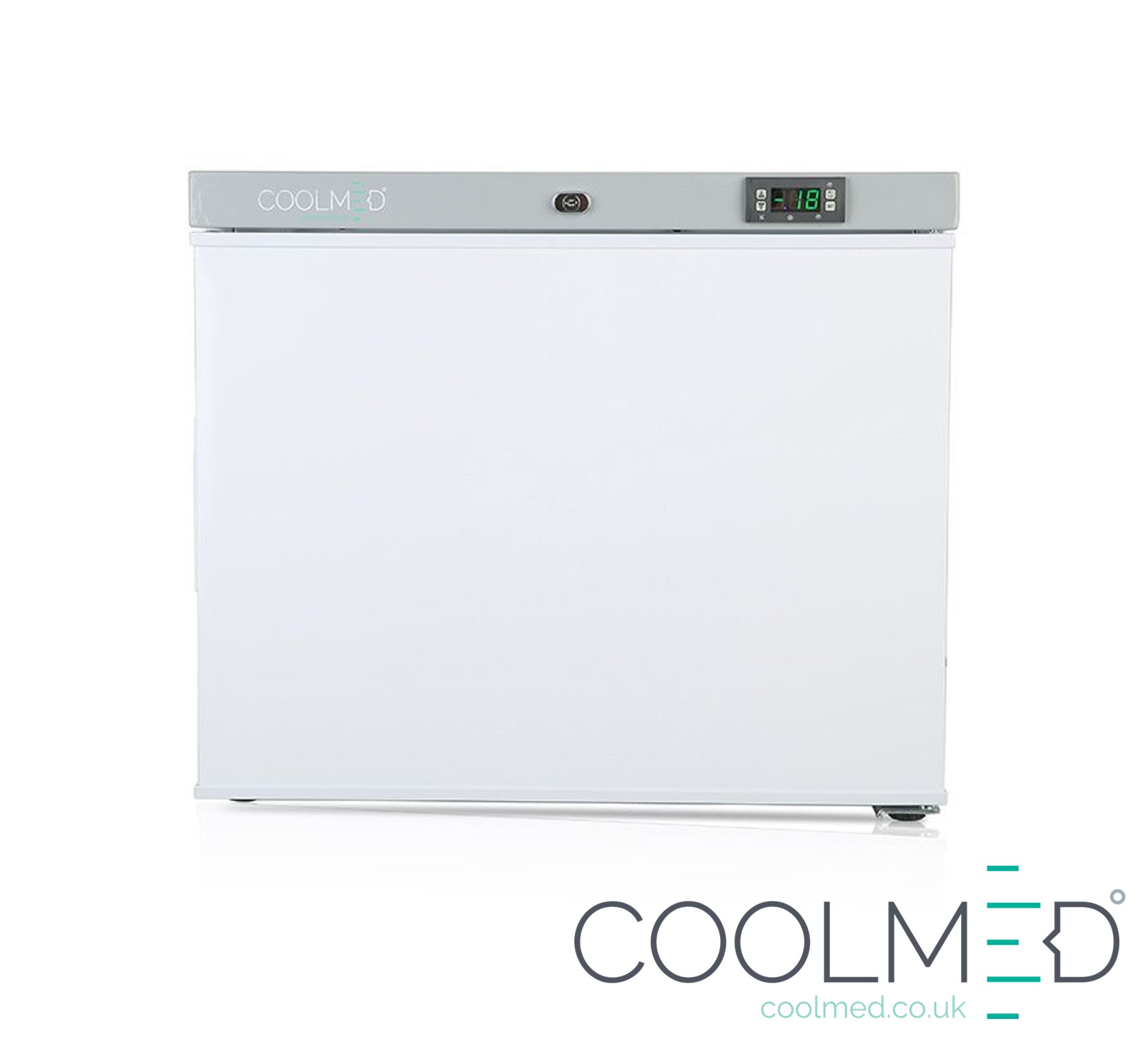
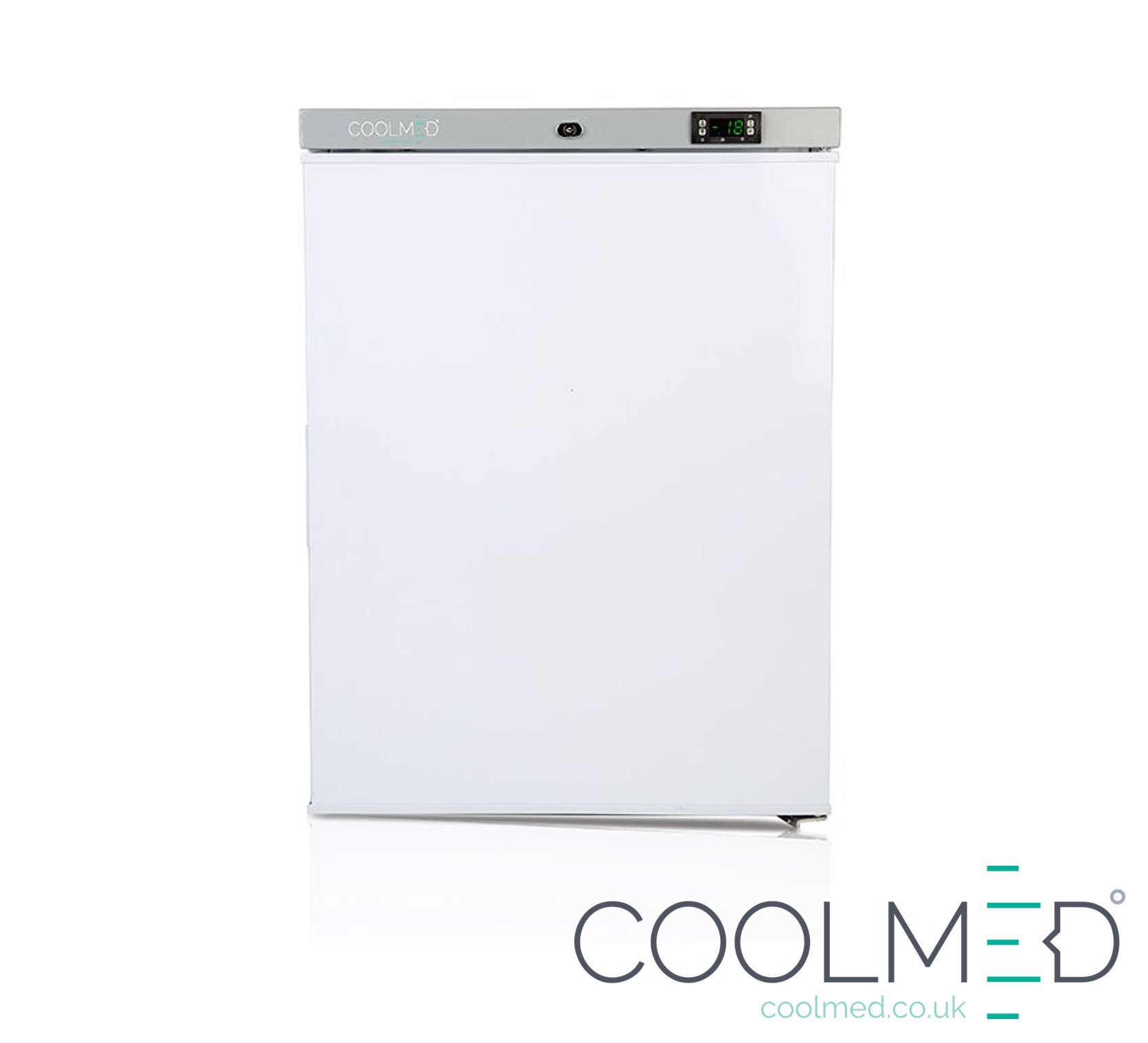

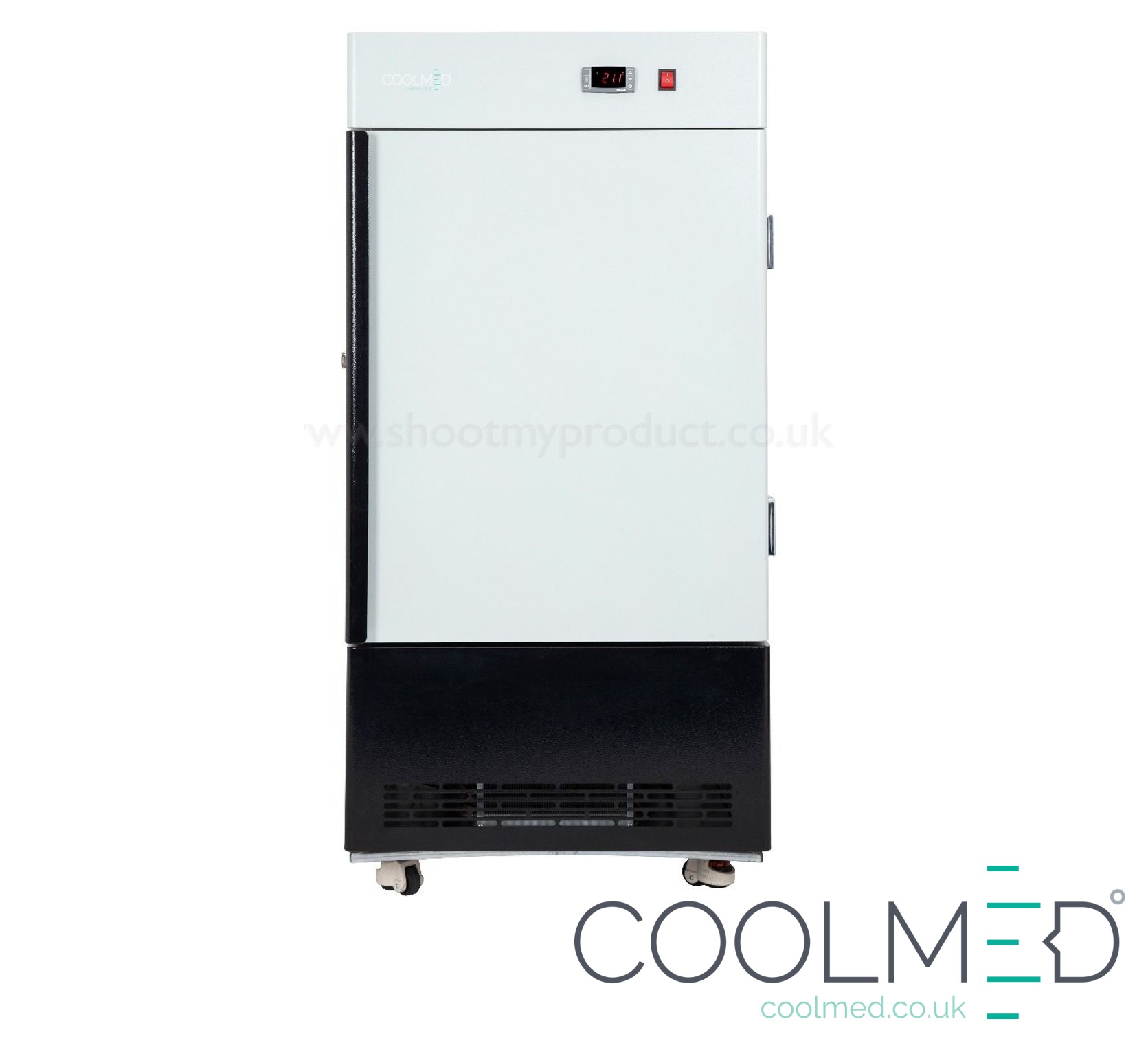
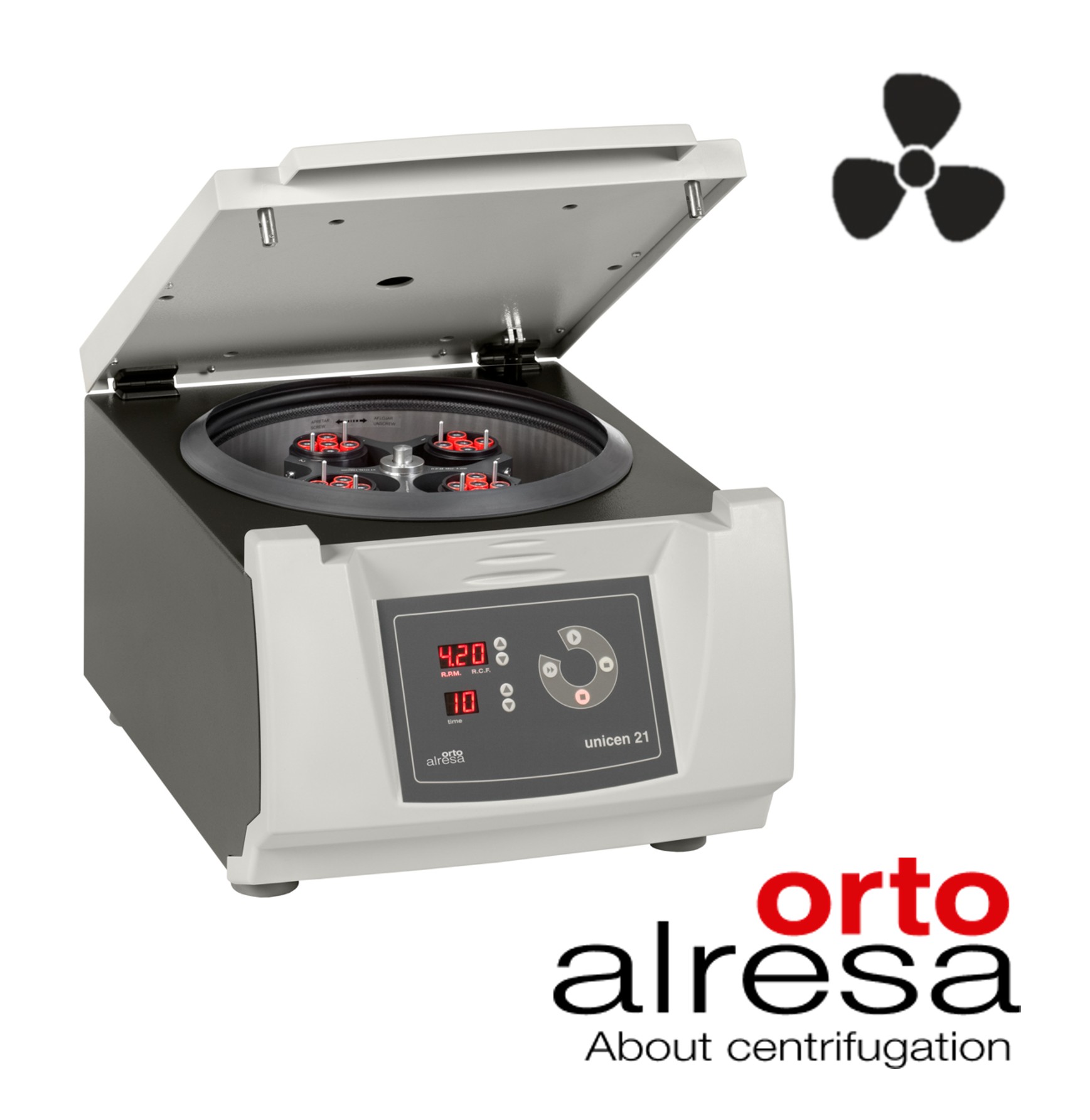

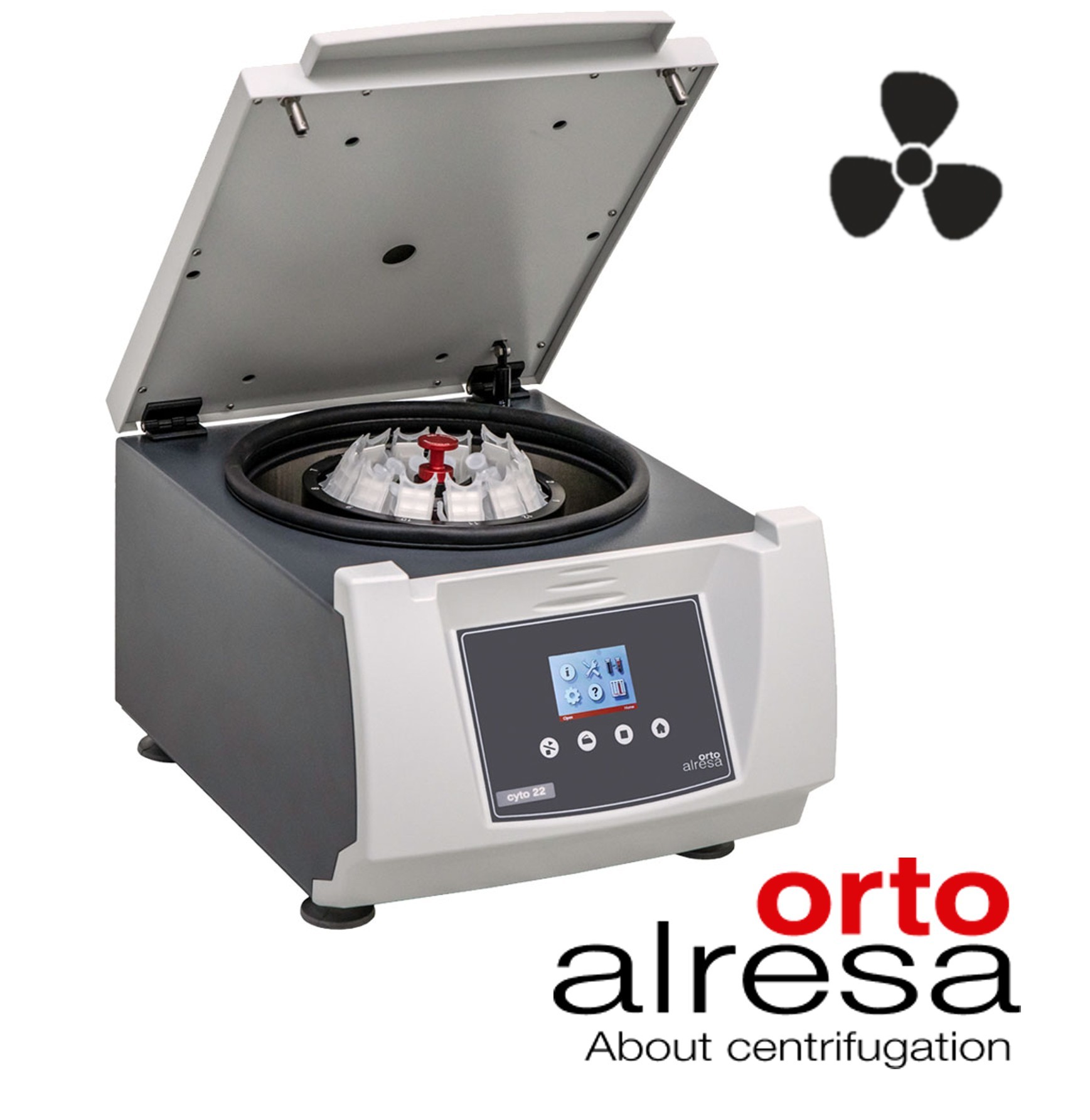
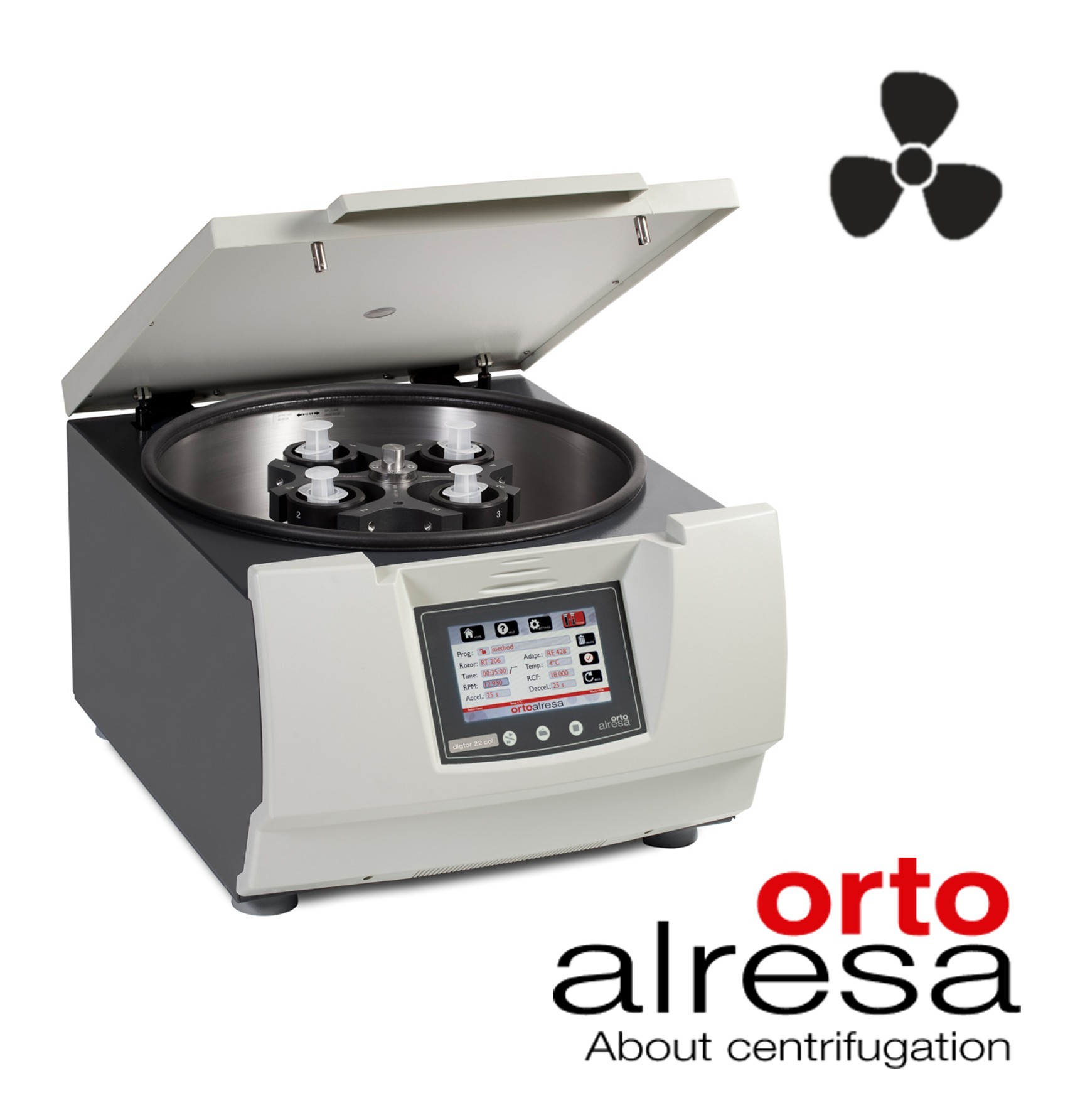
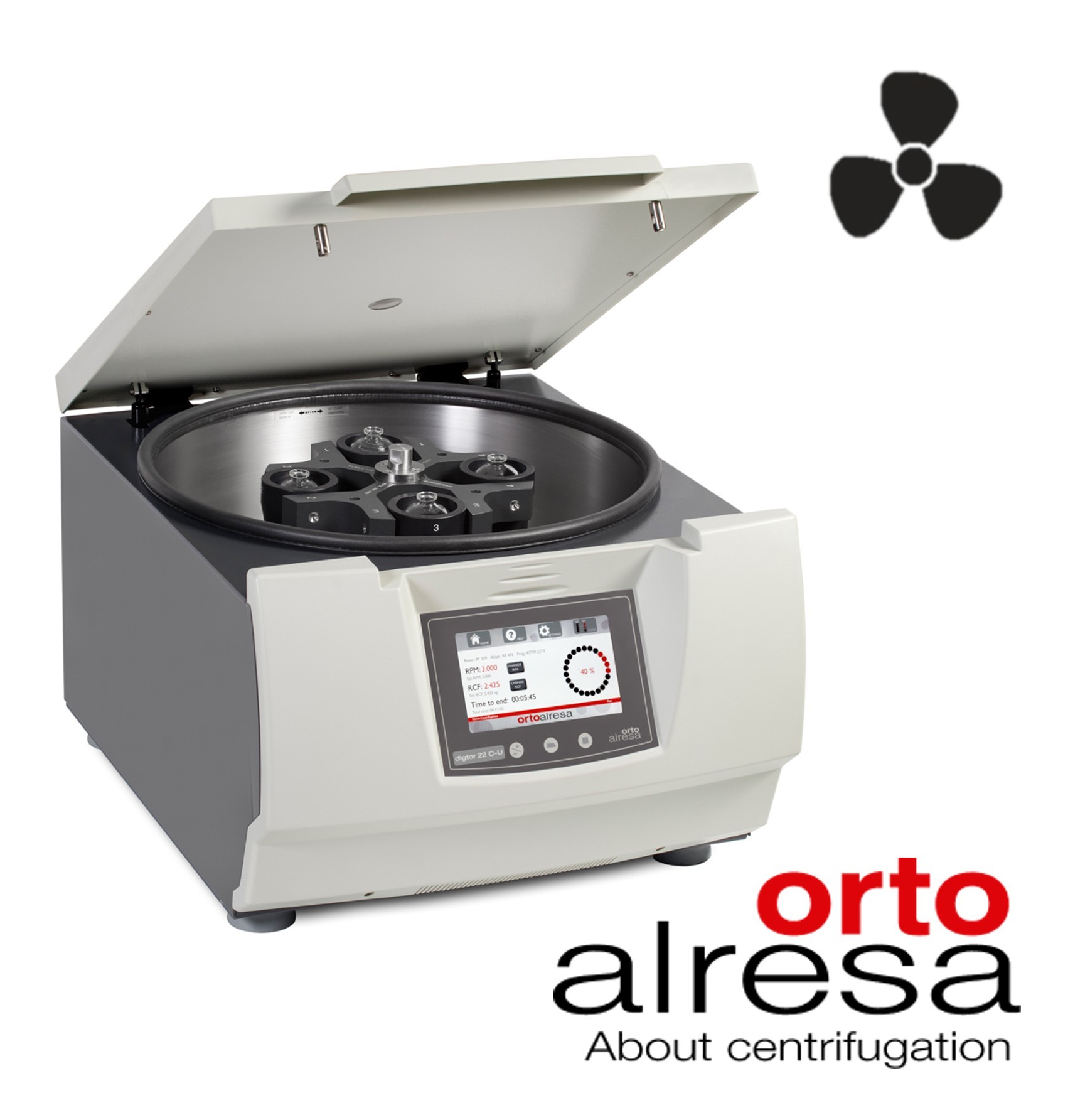
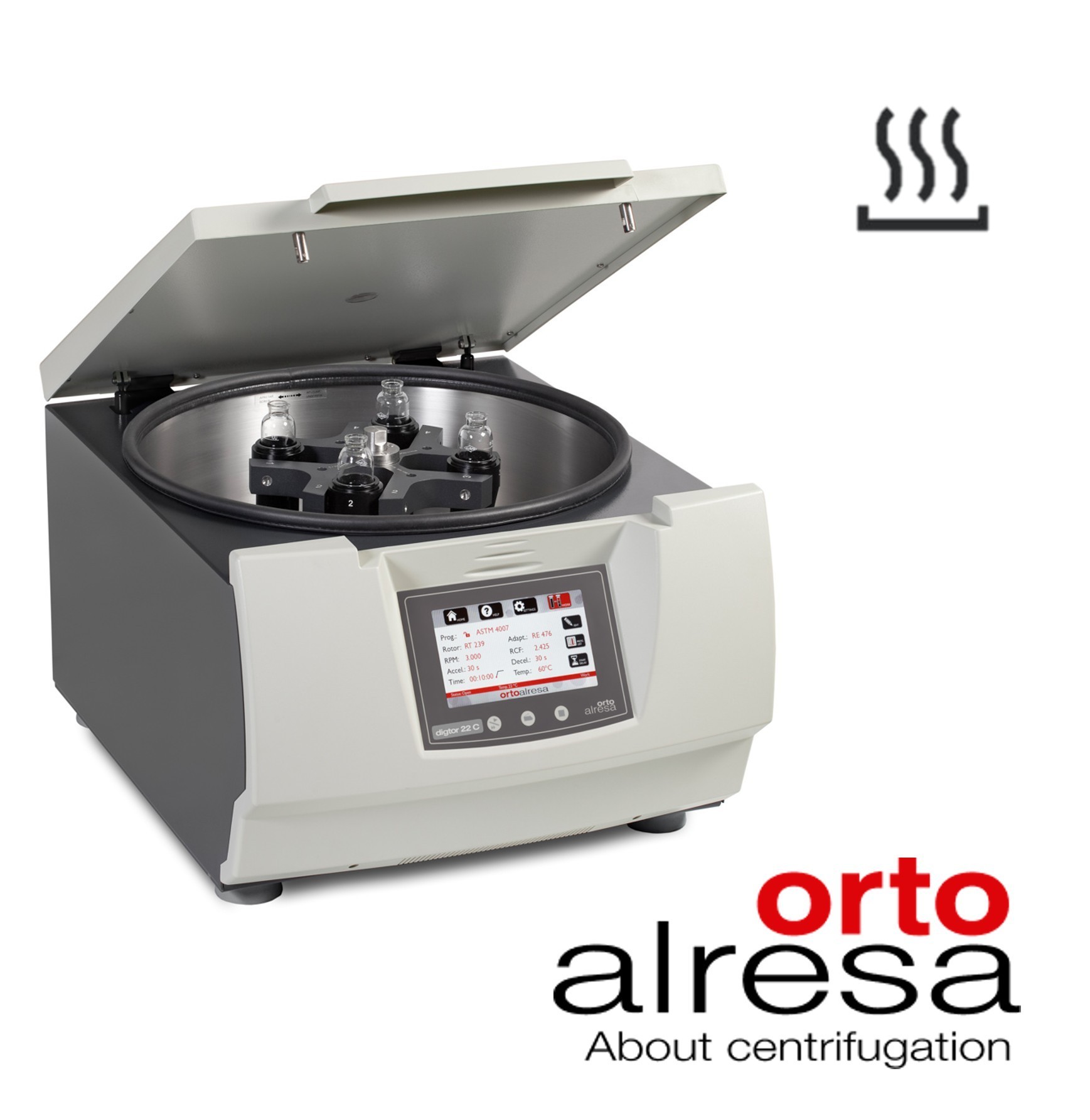
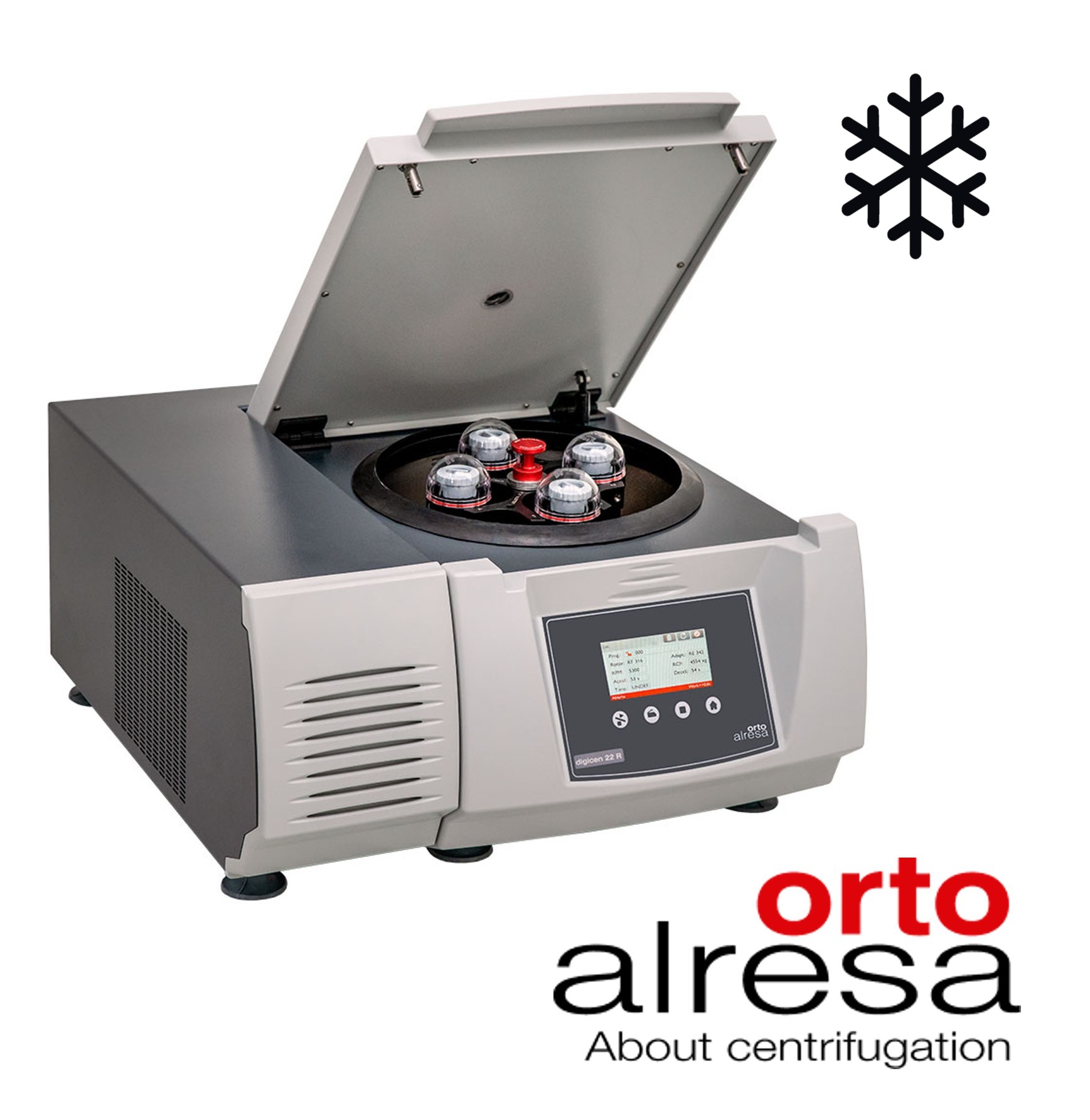
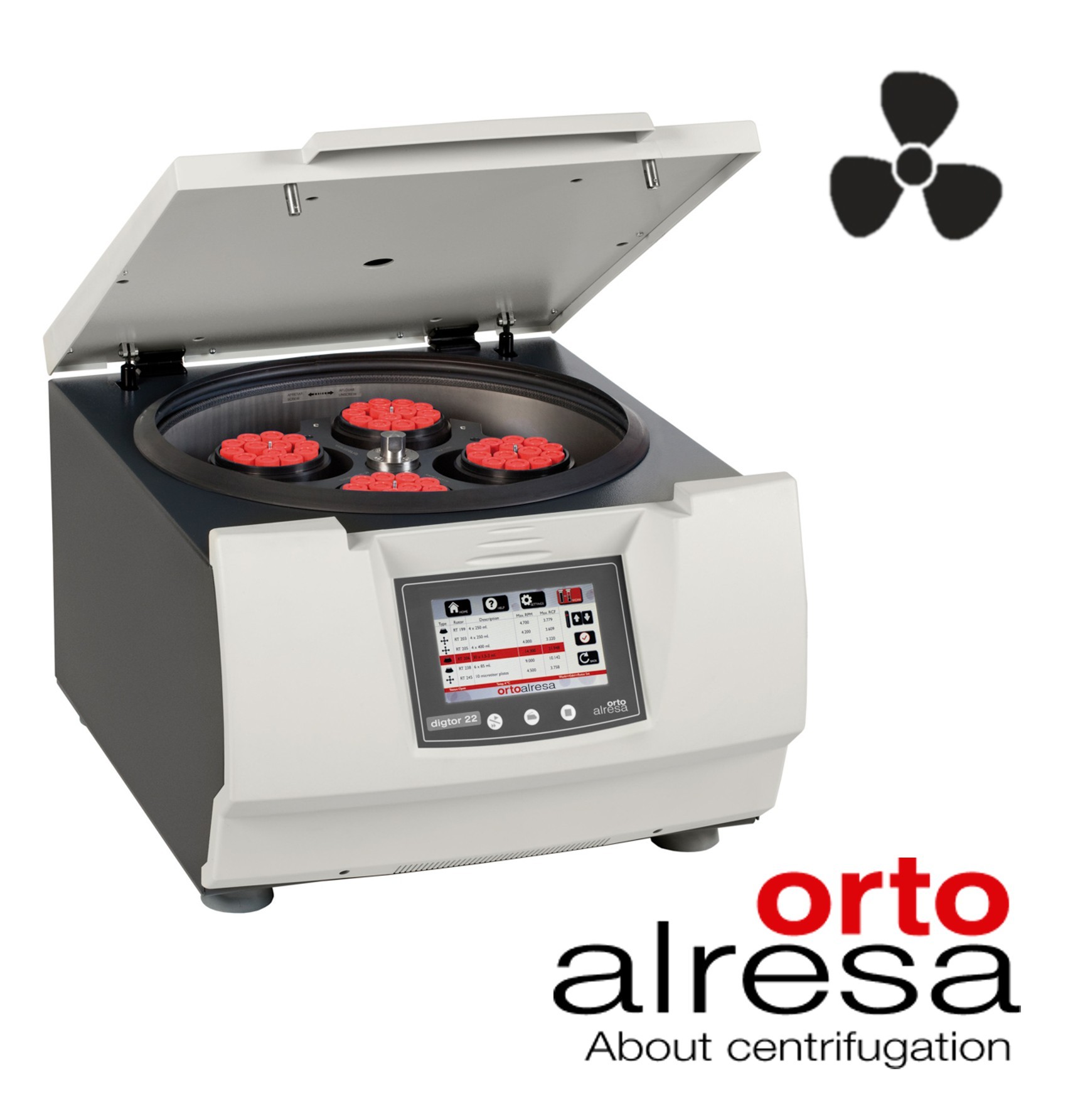
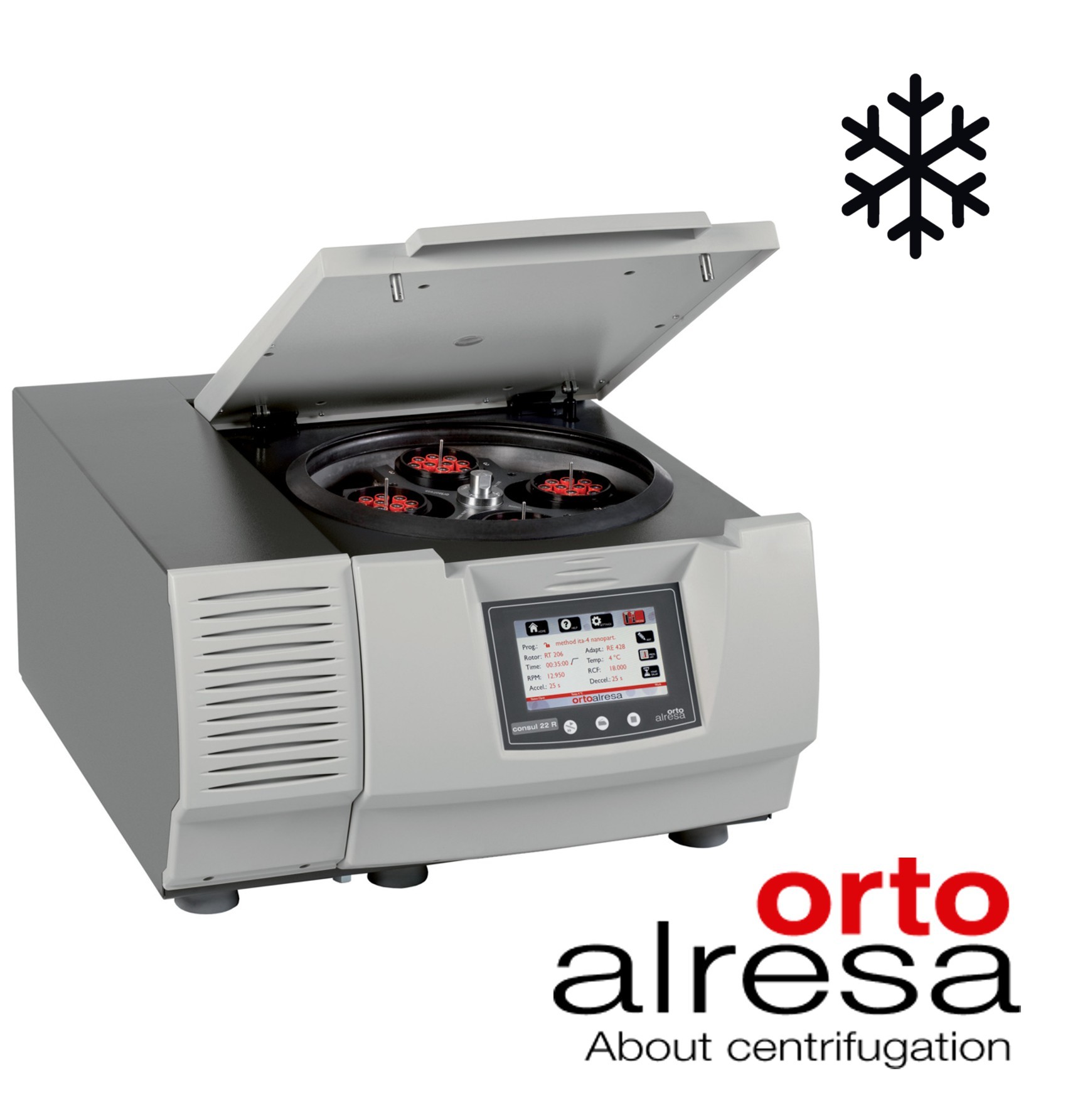
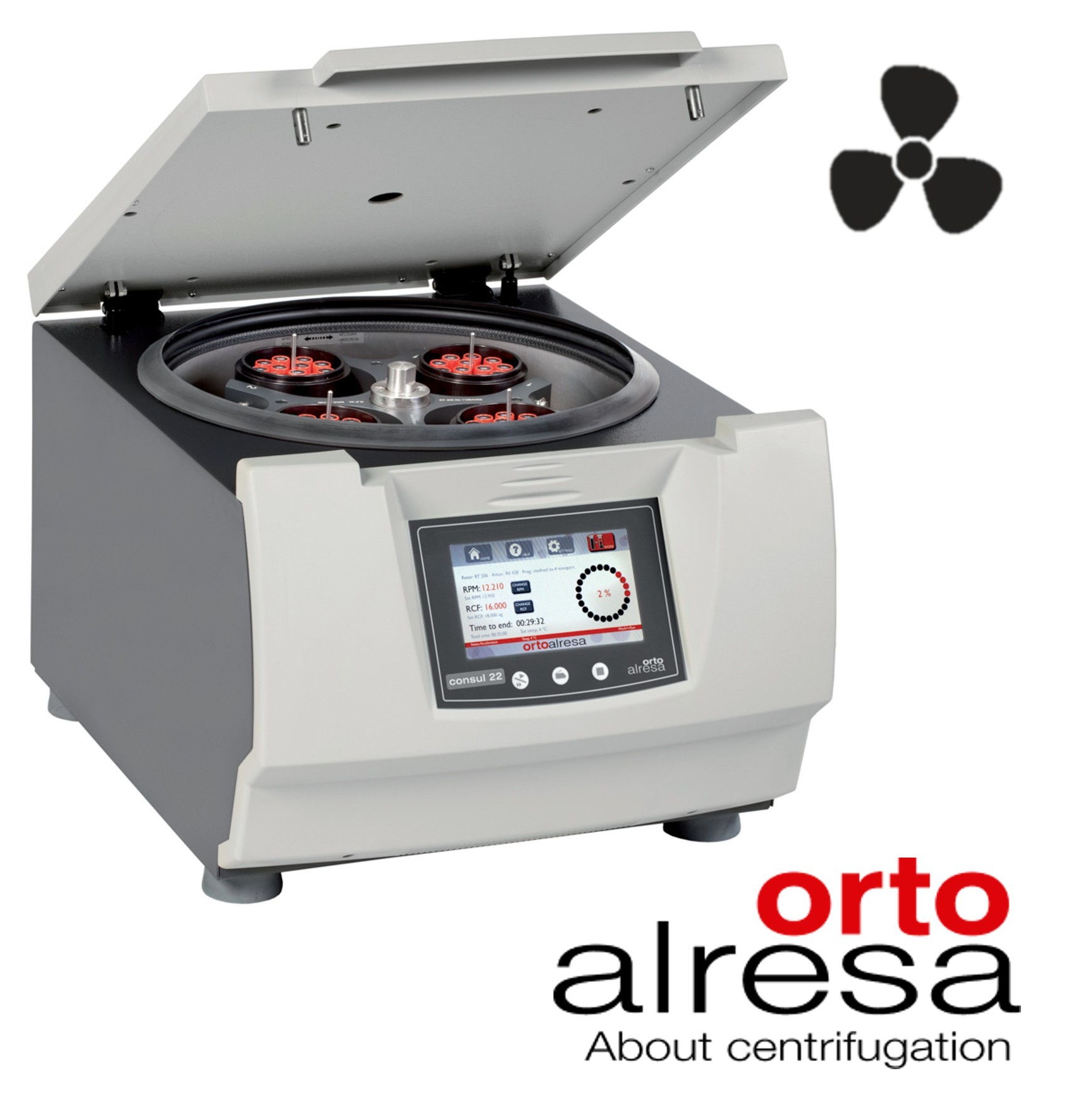
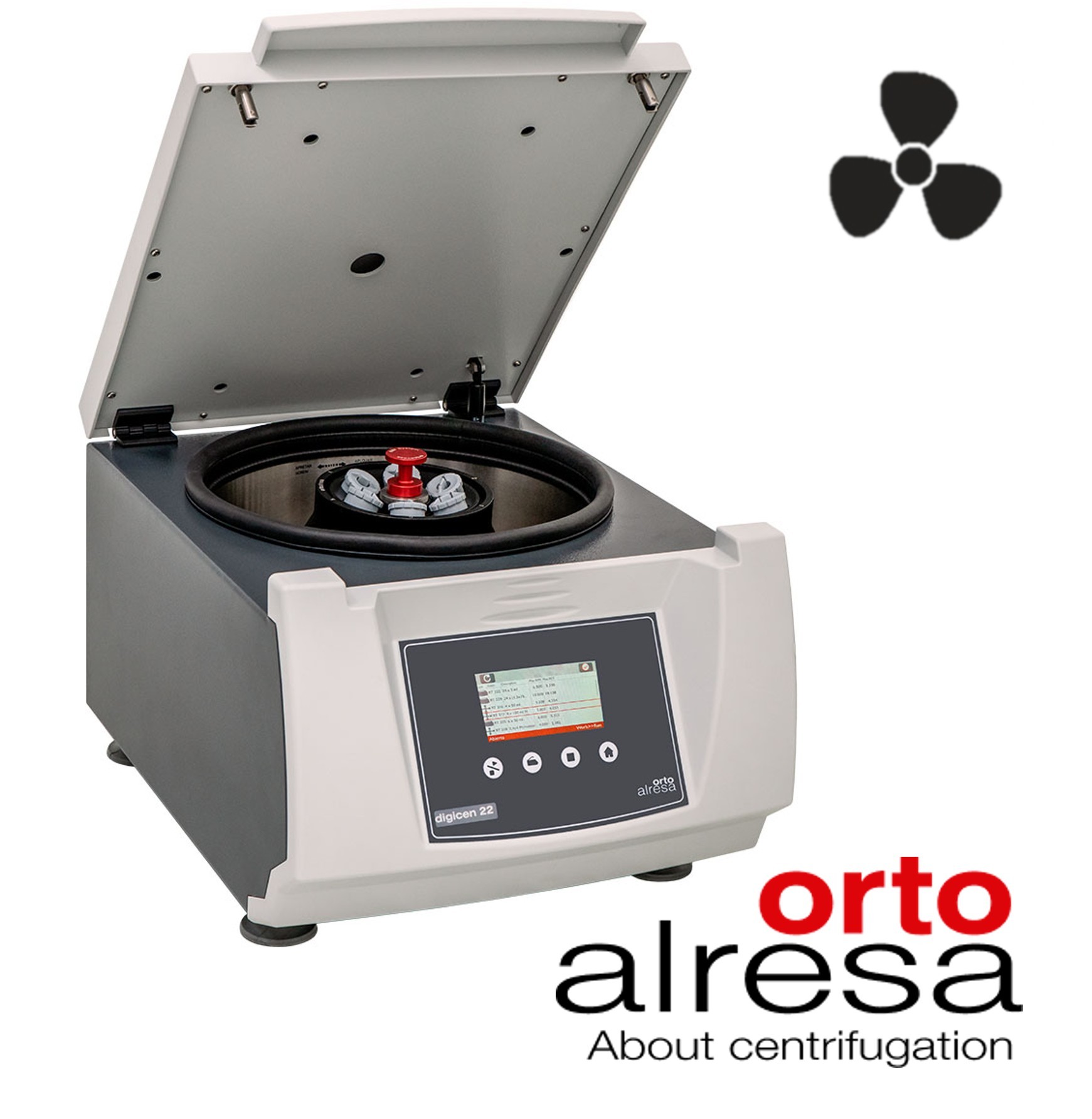
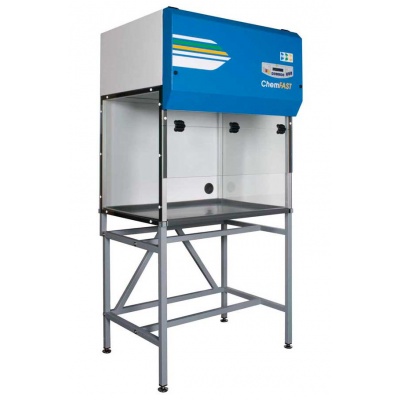

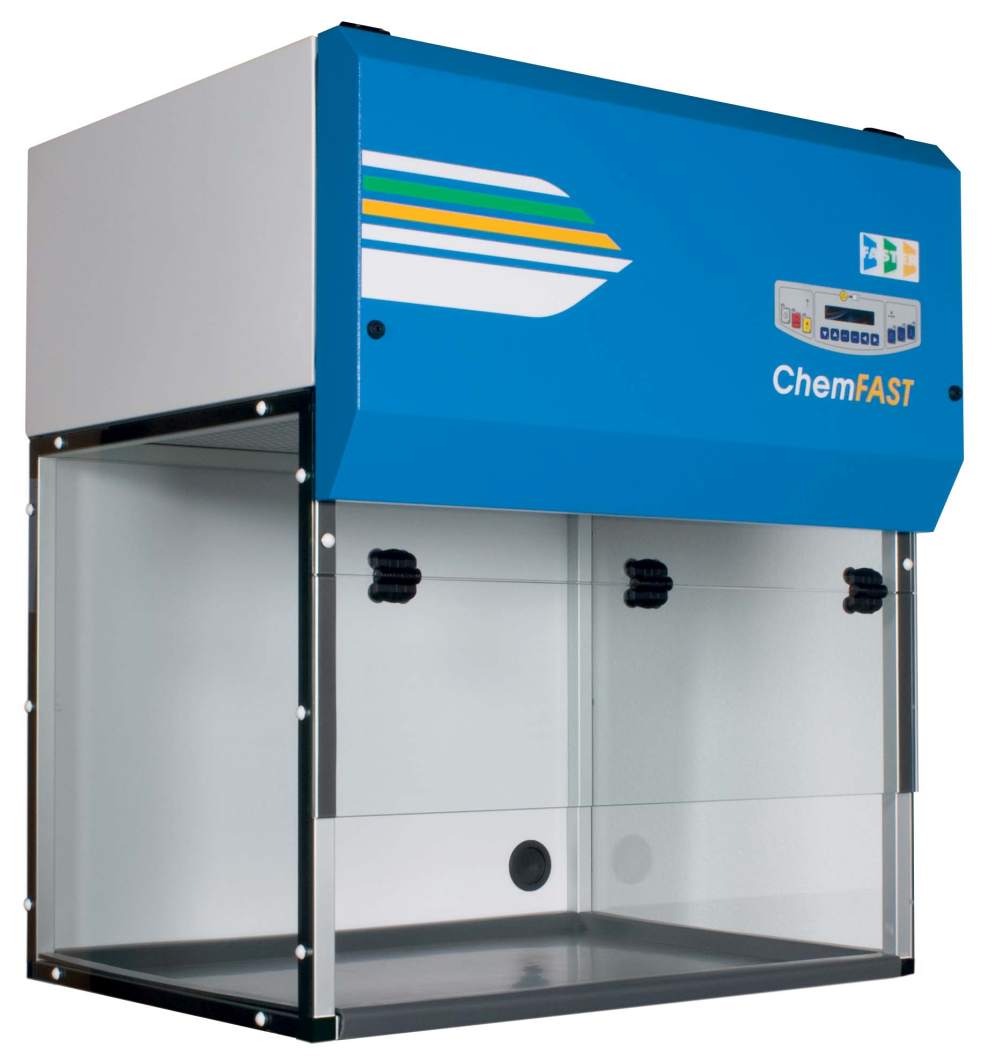



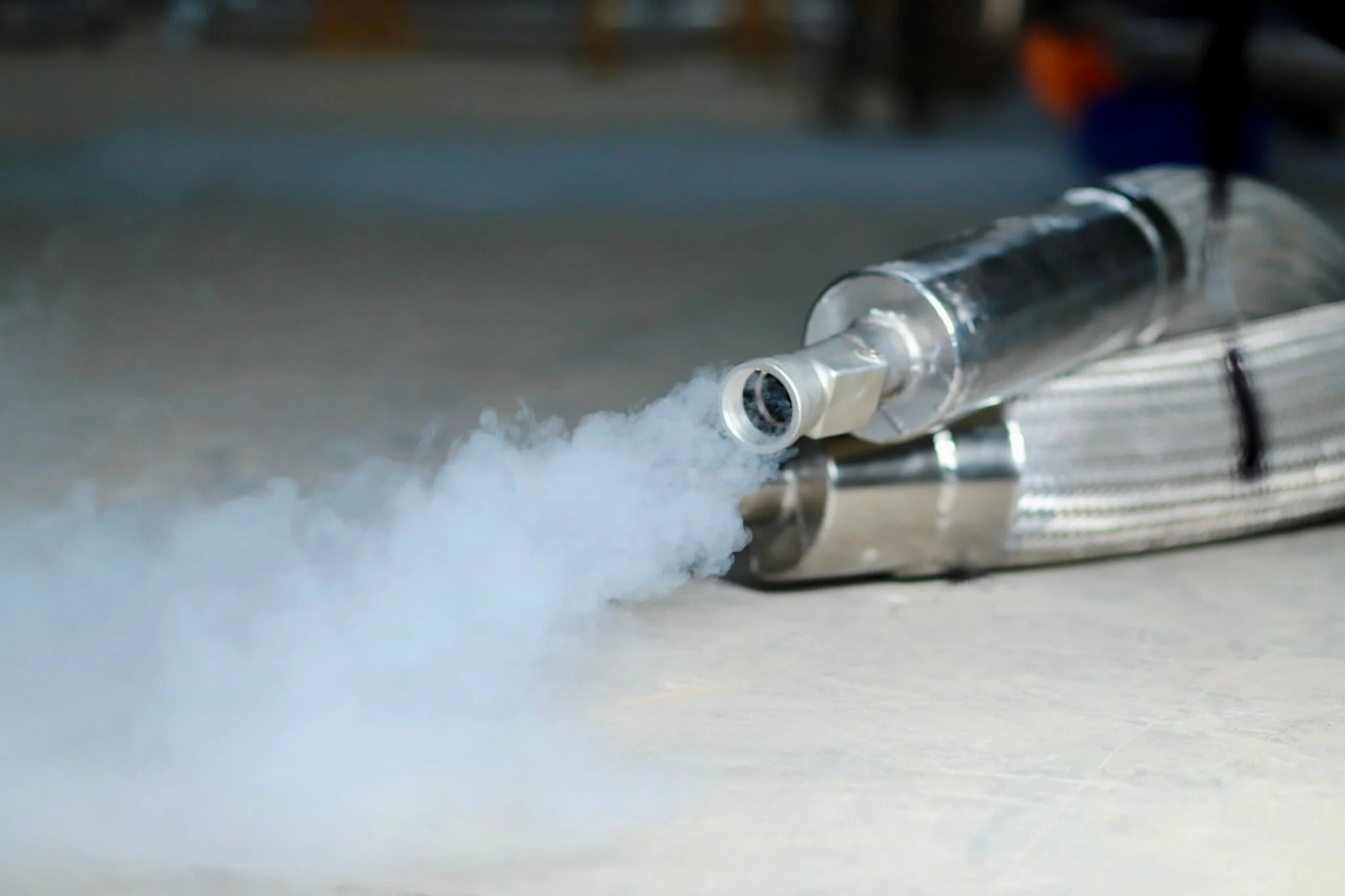
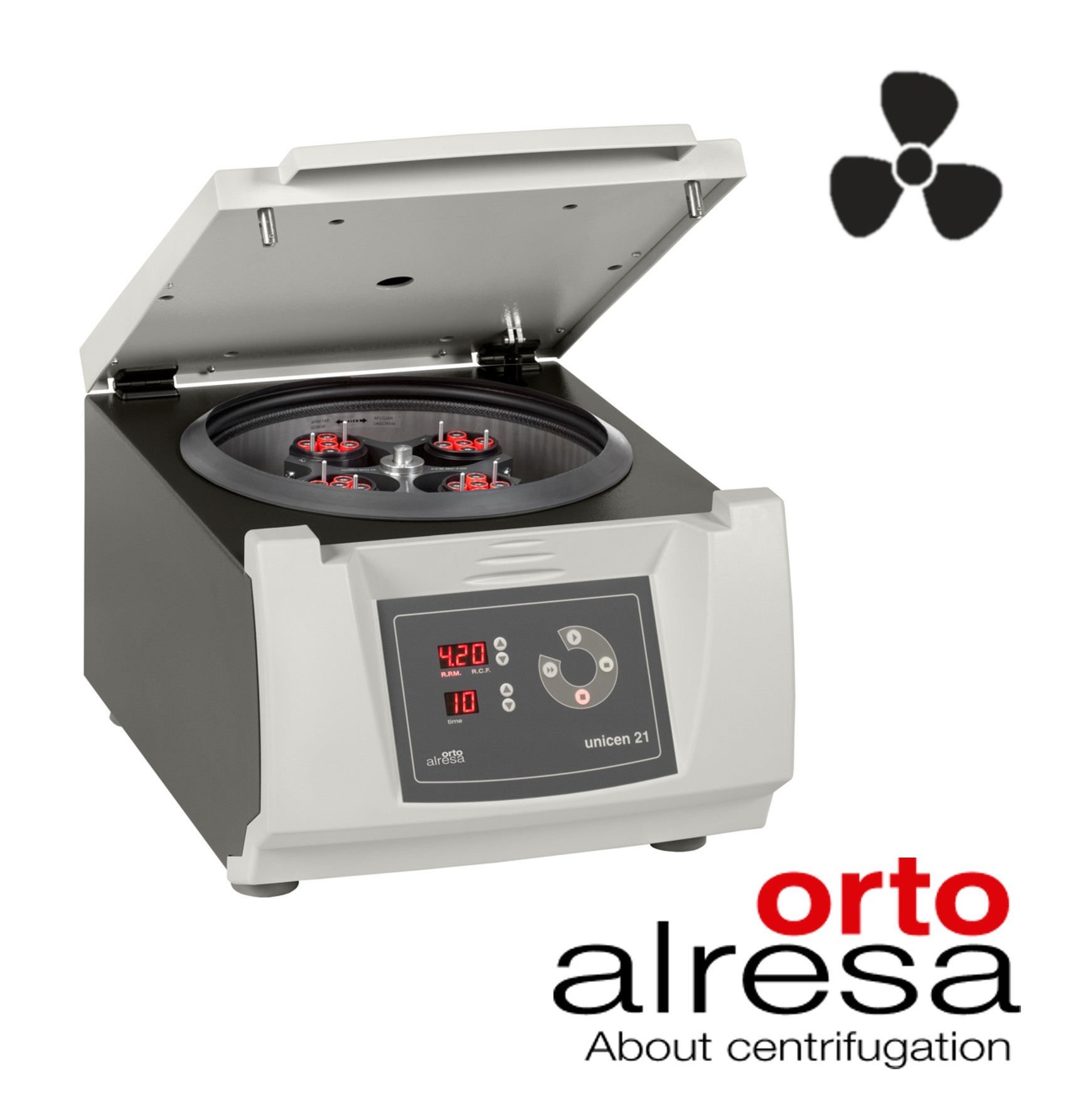
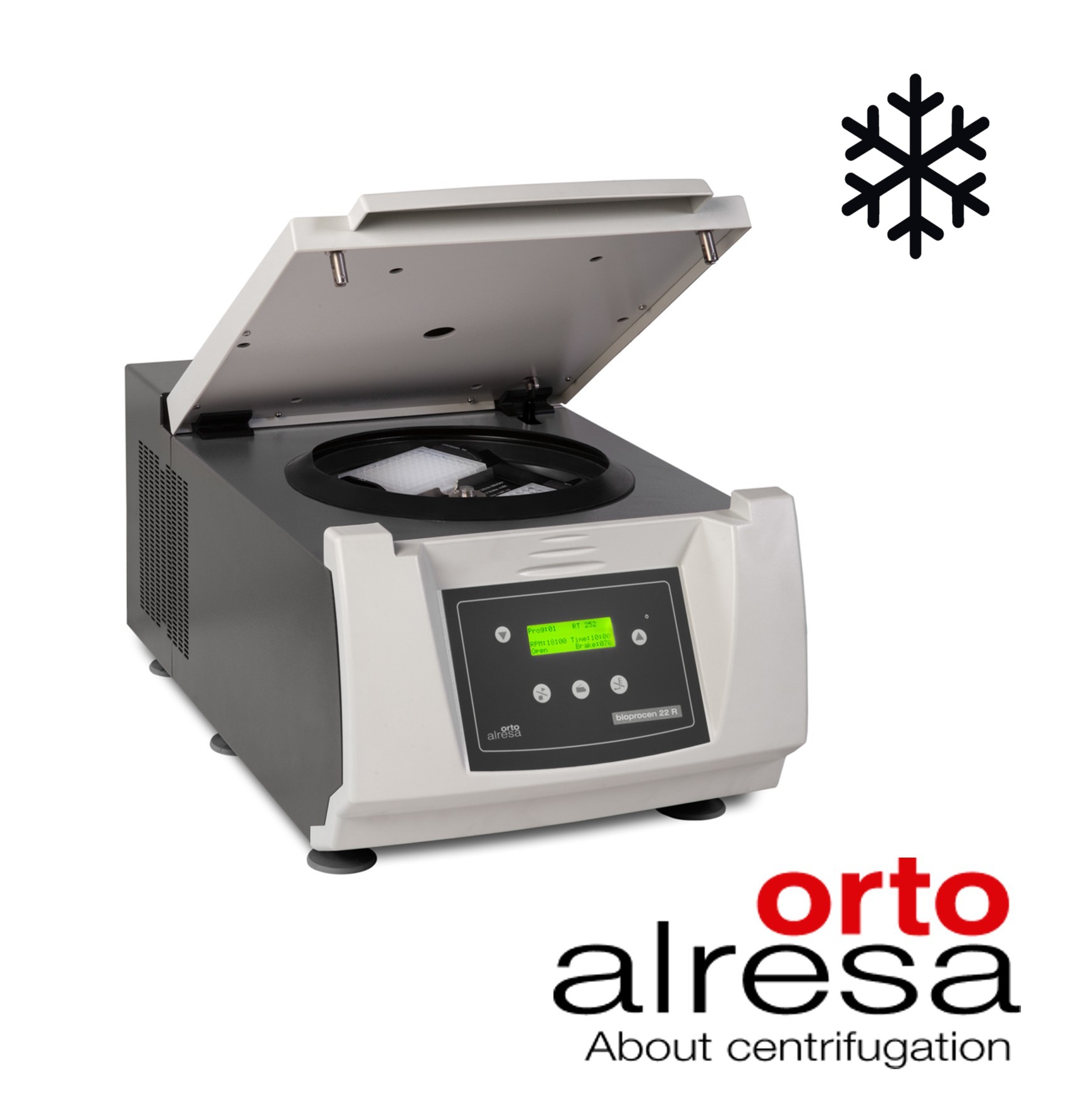
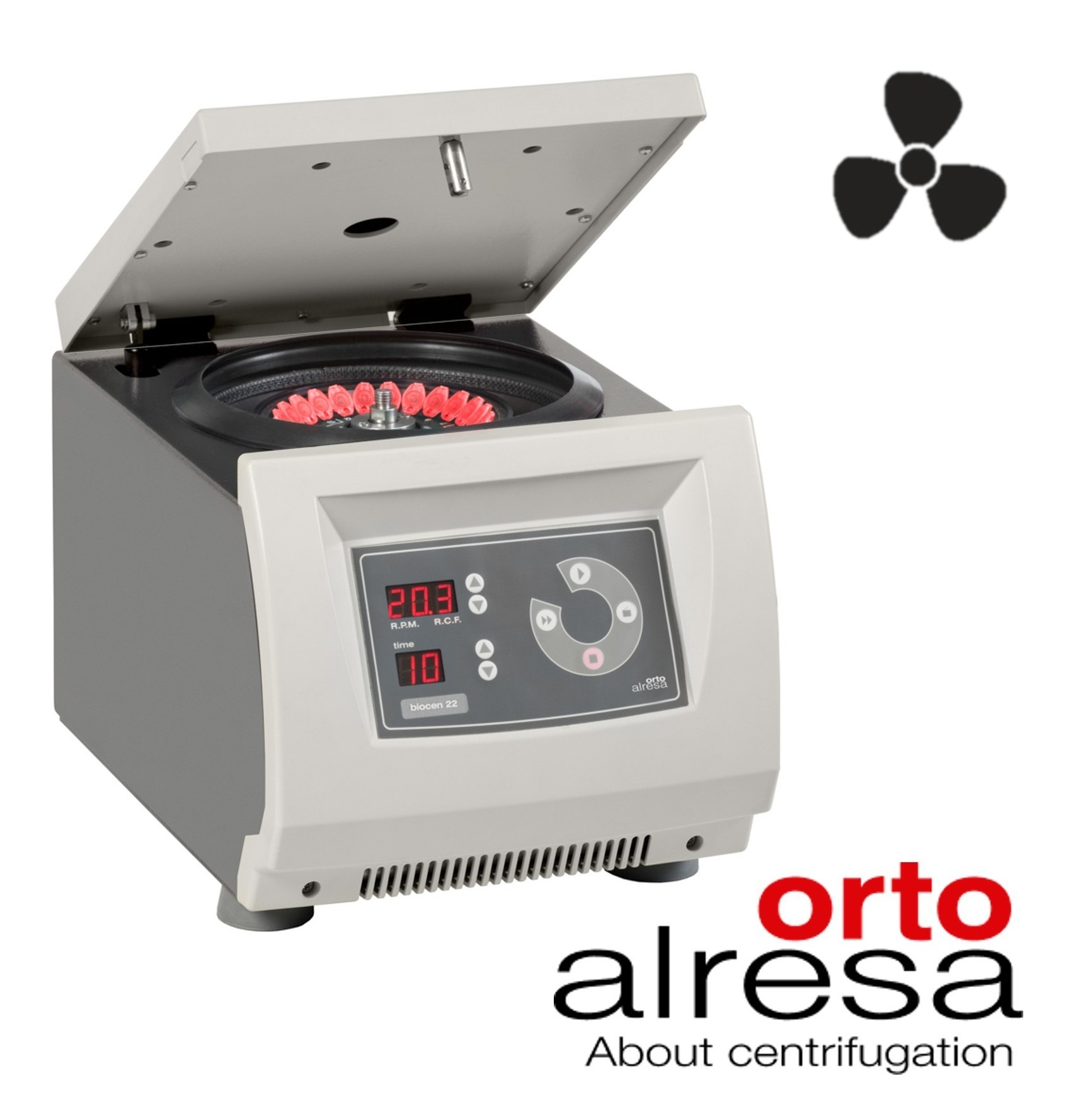
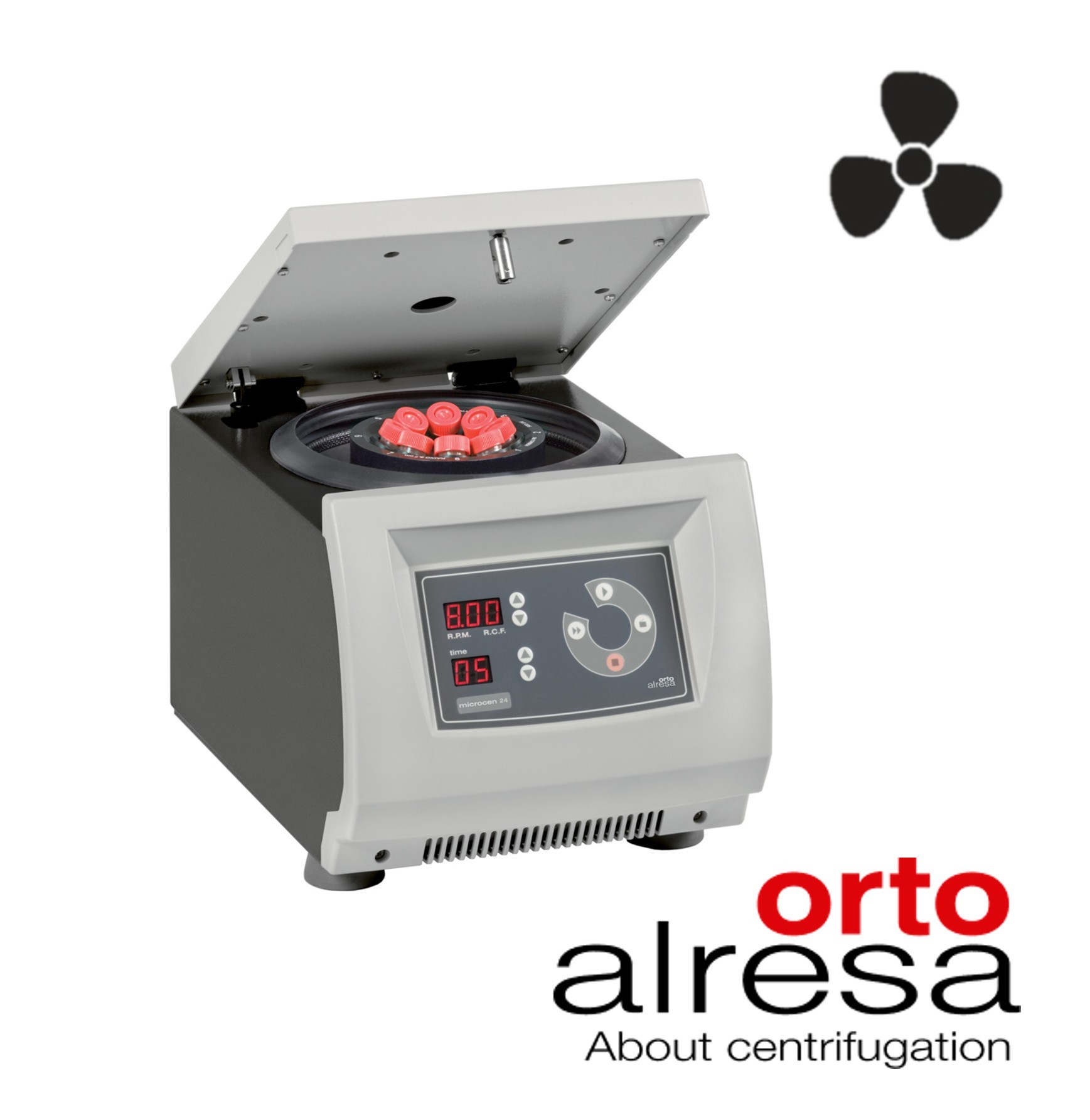
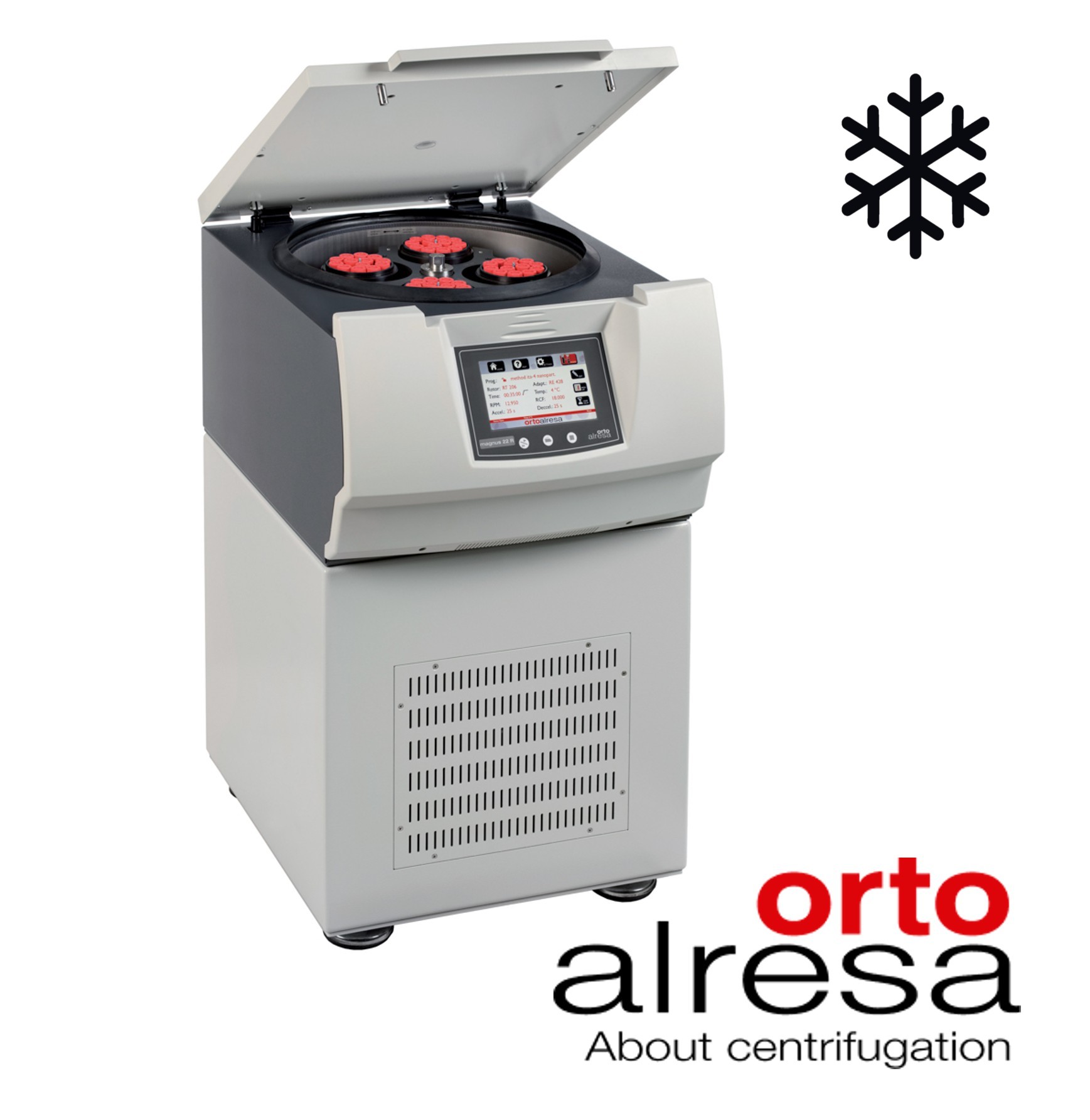



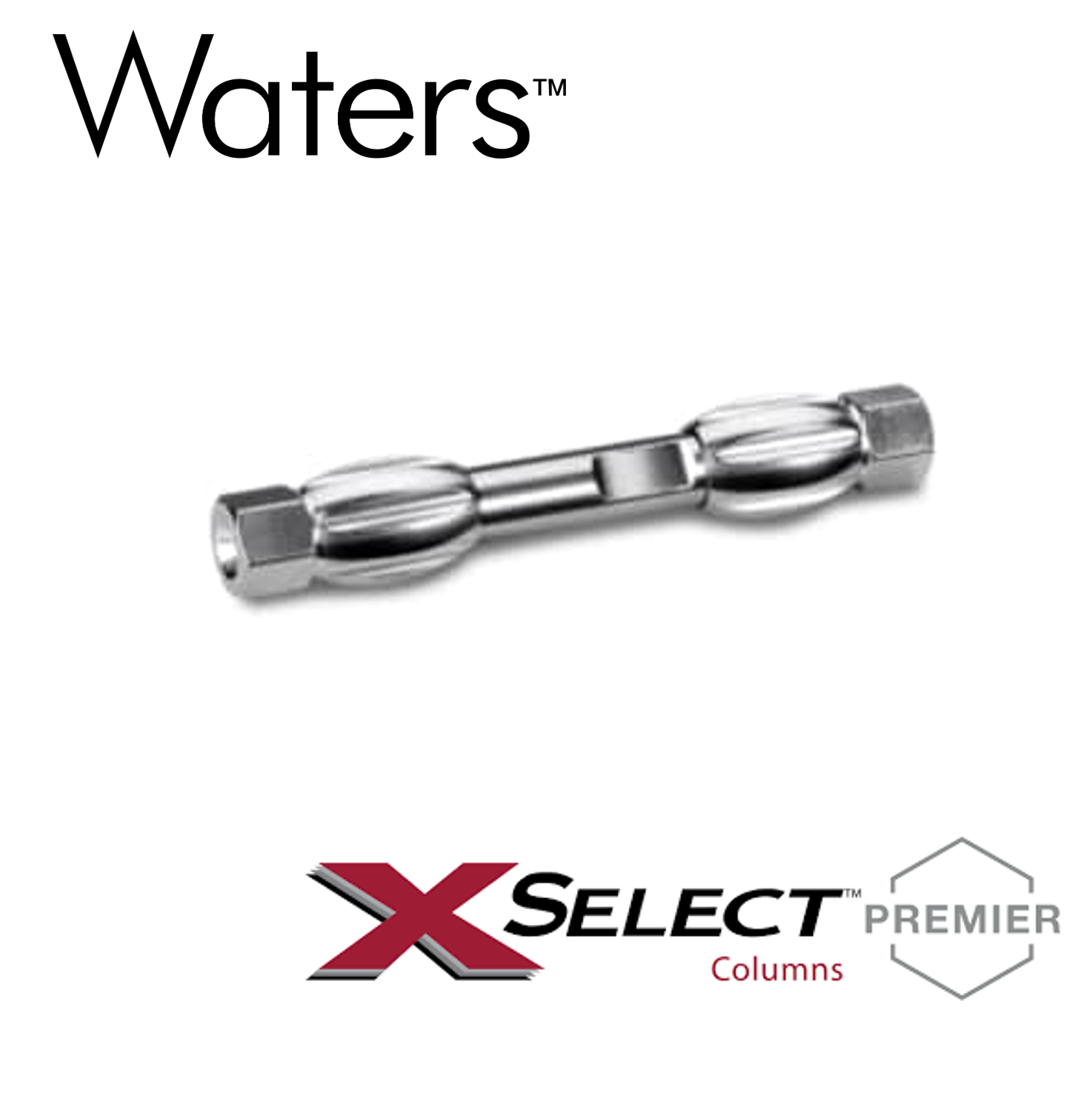


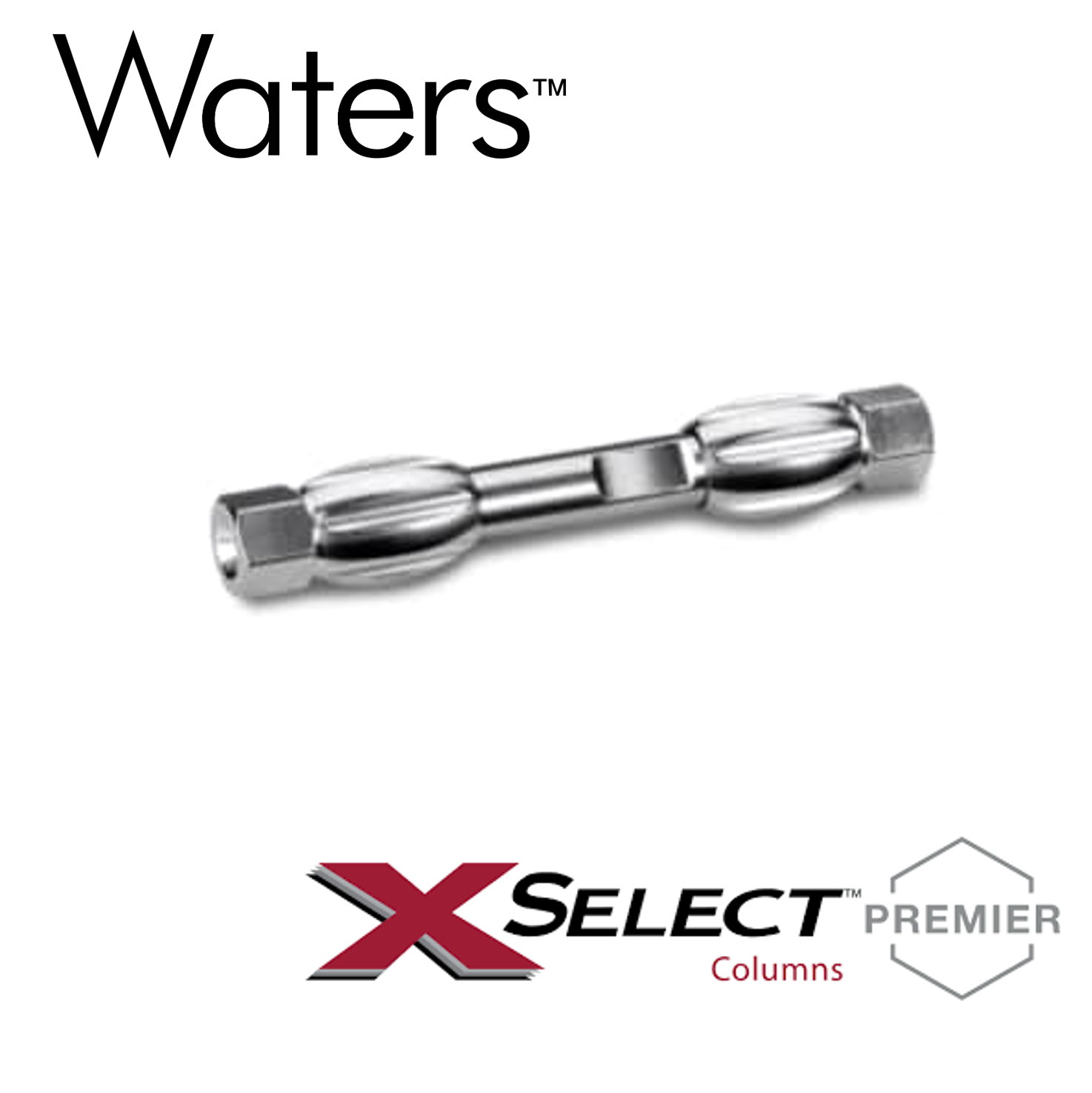

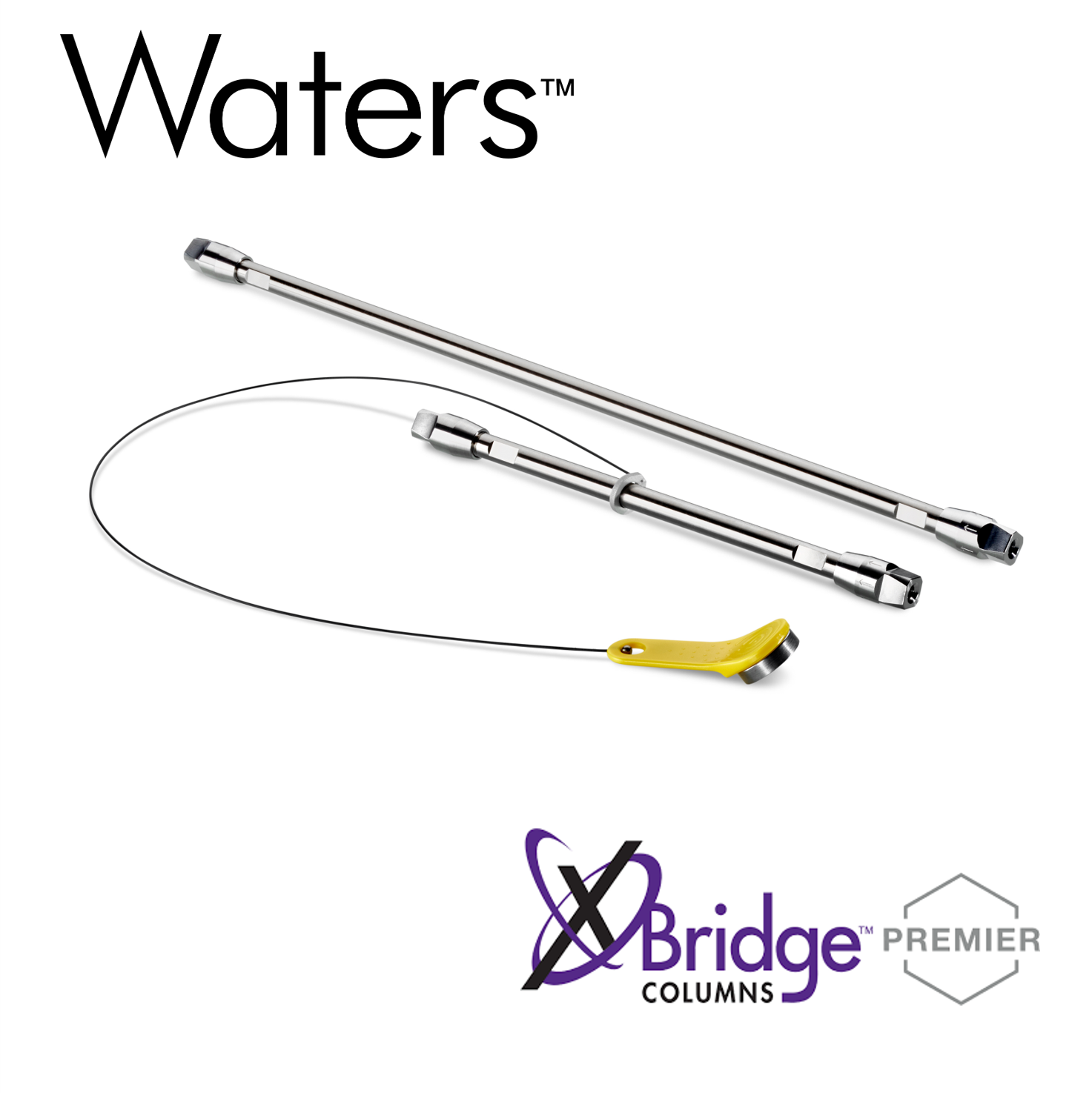



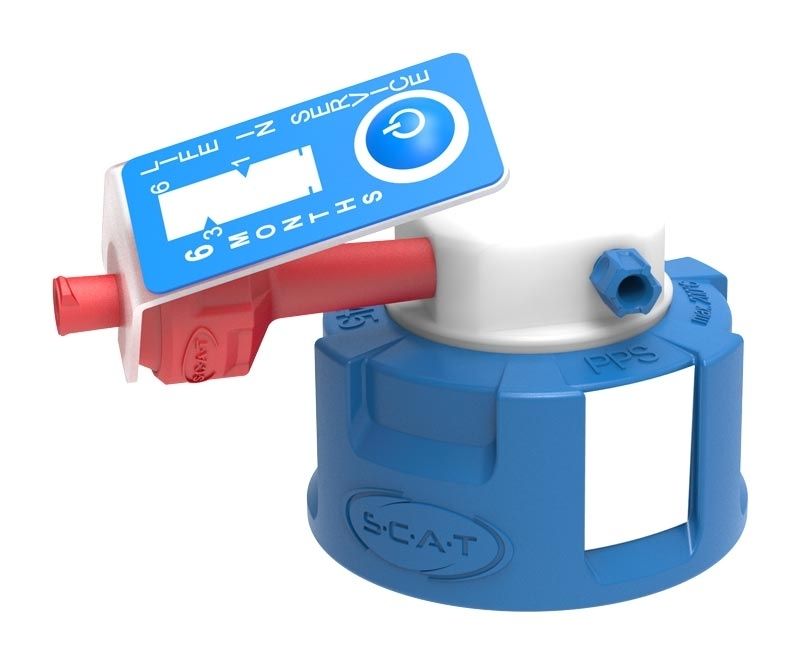
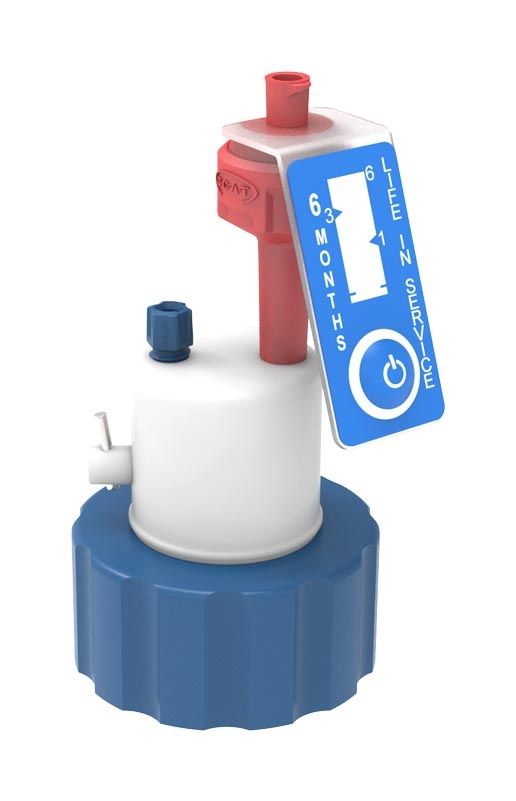
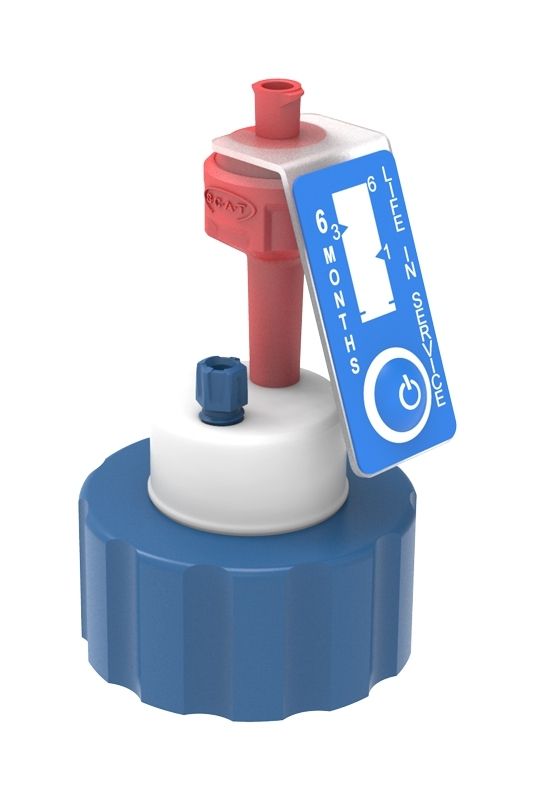
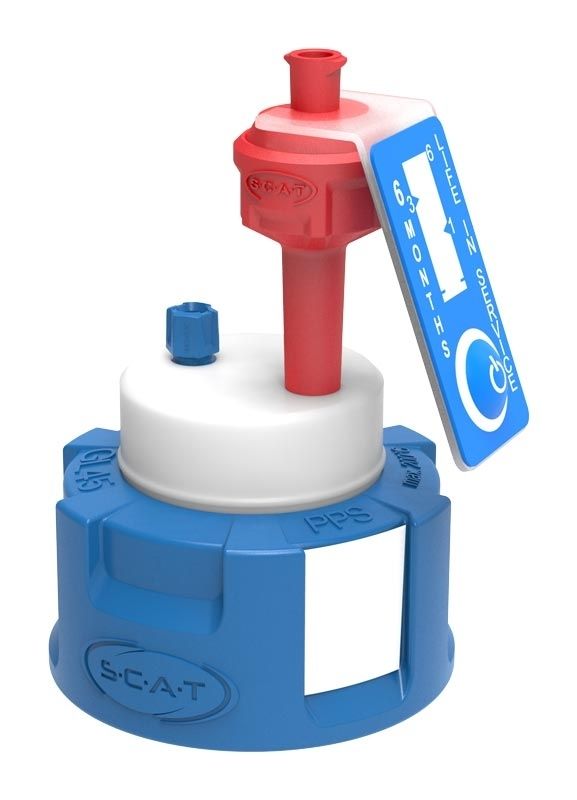
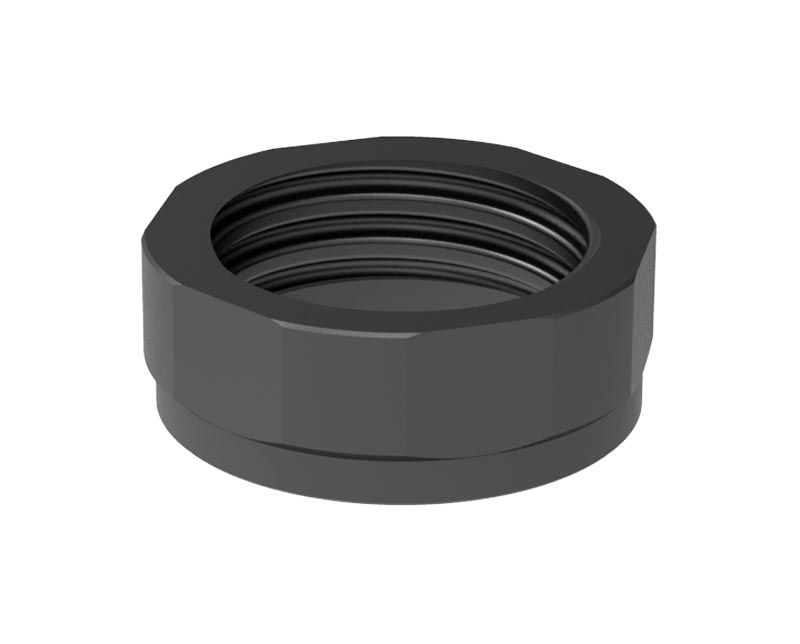
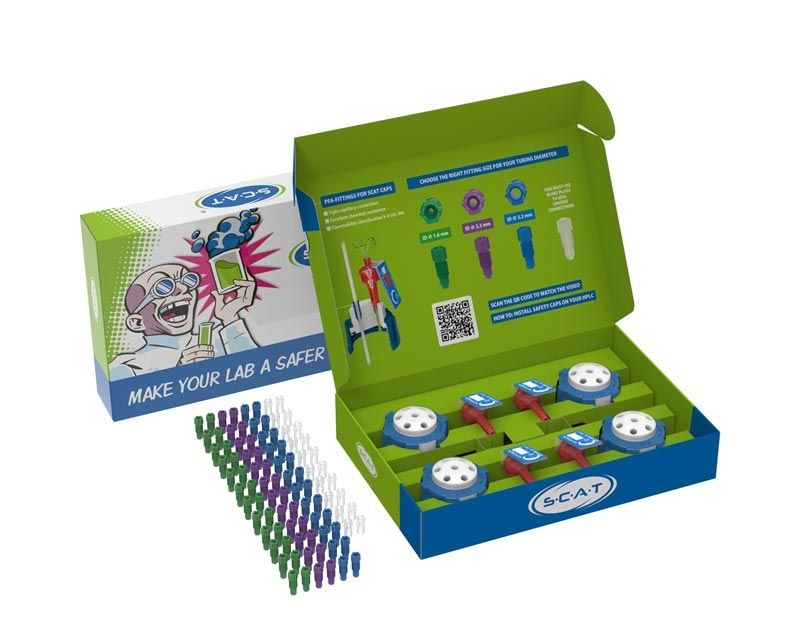
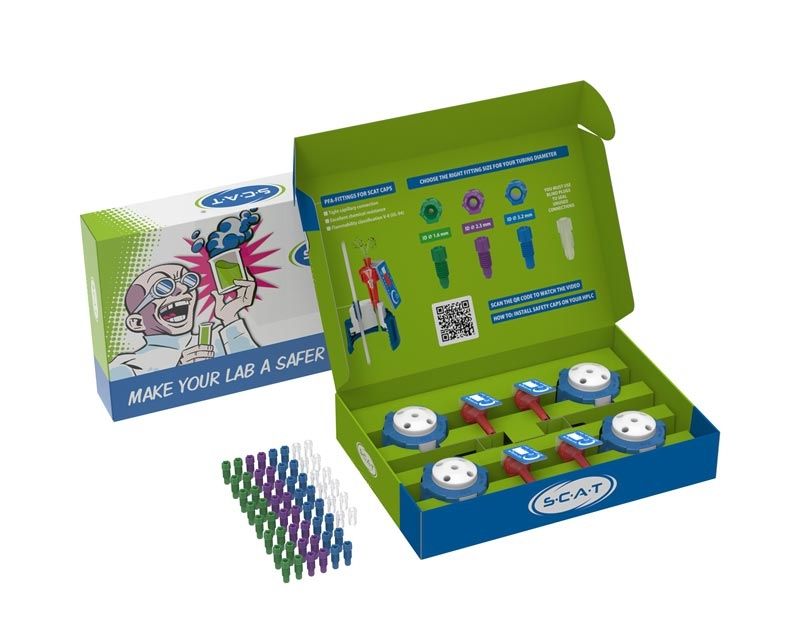
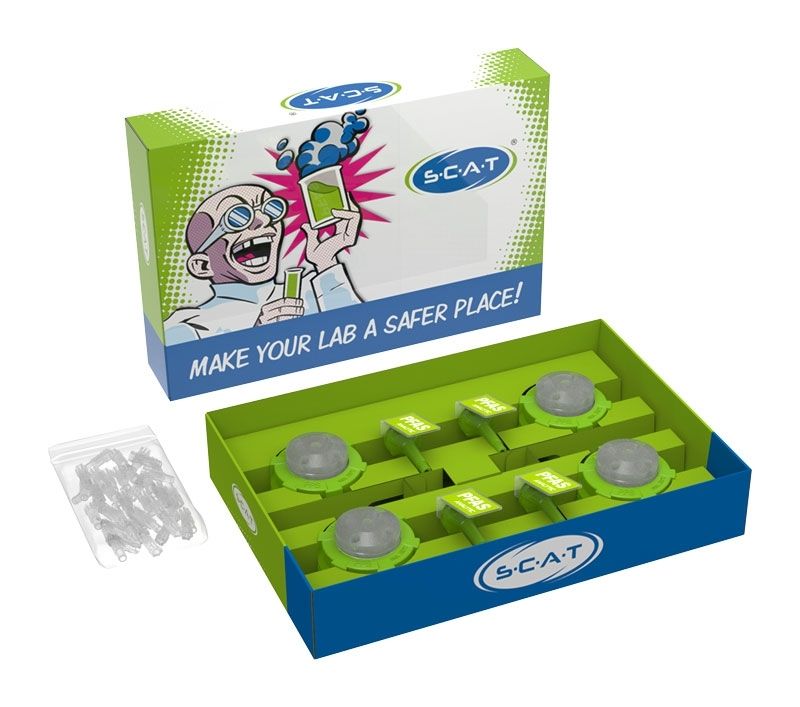

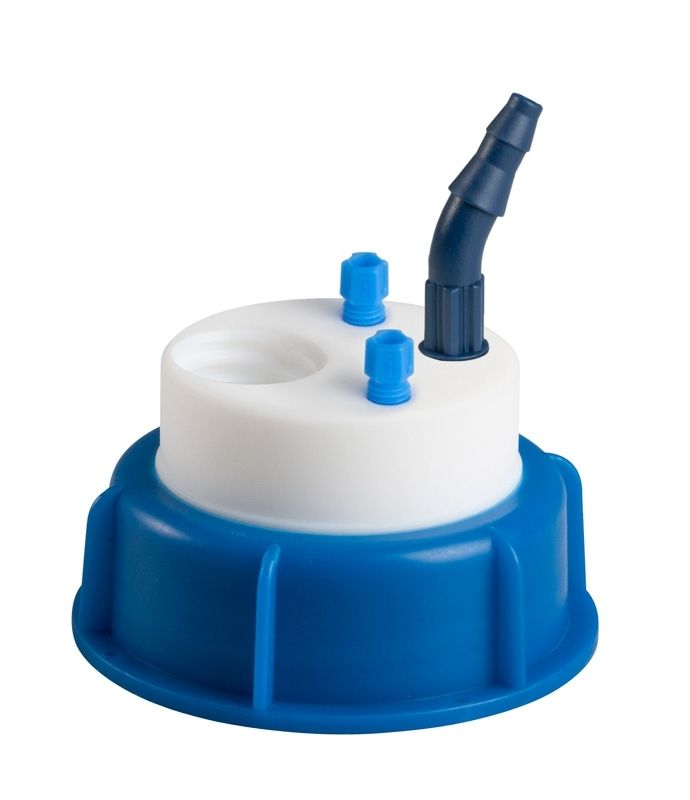

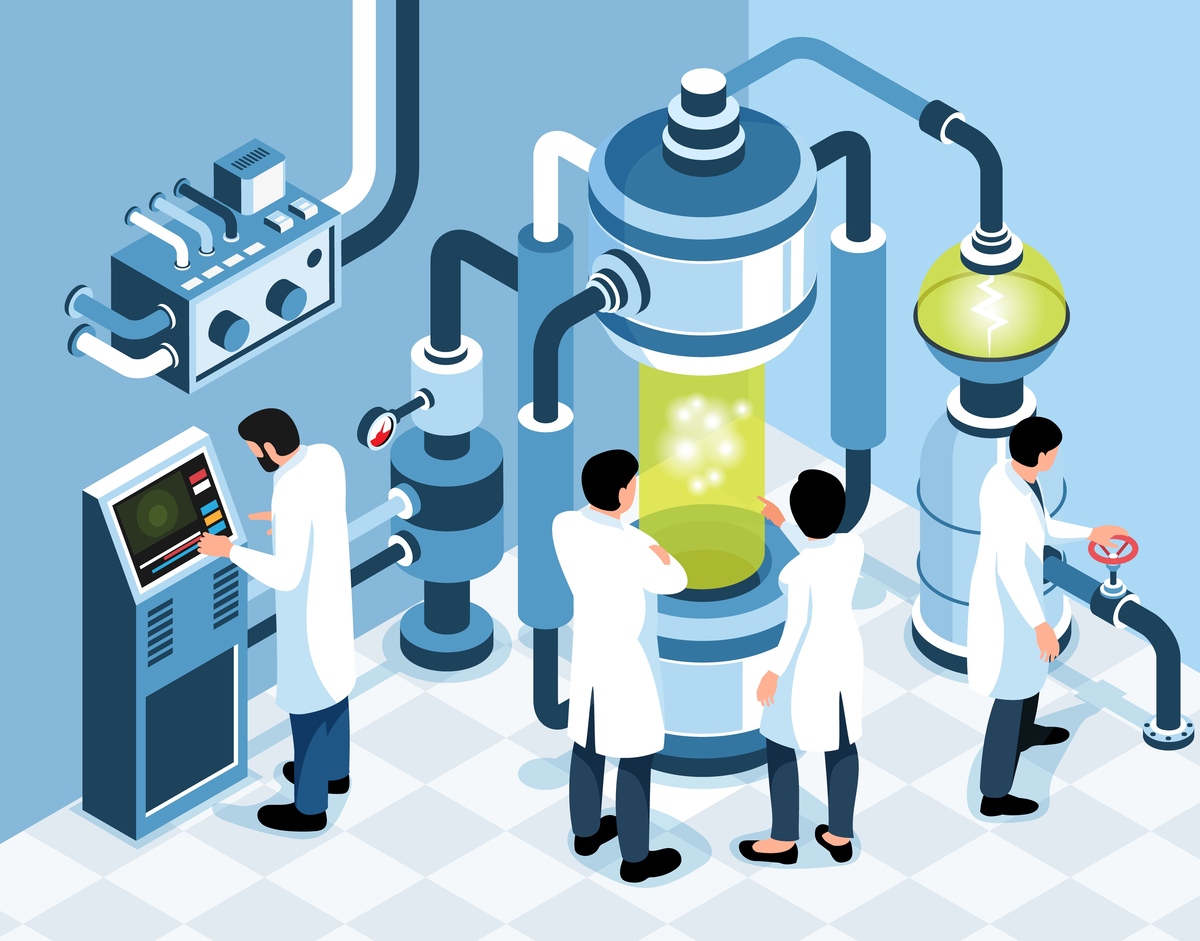
.png)
